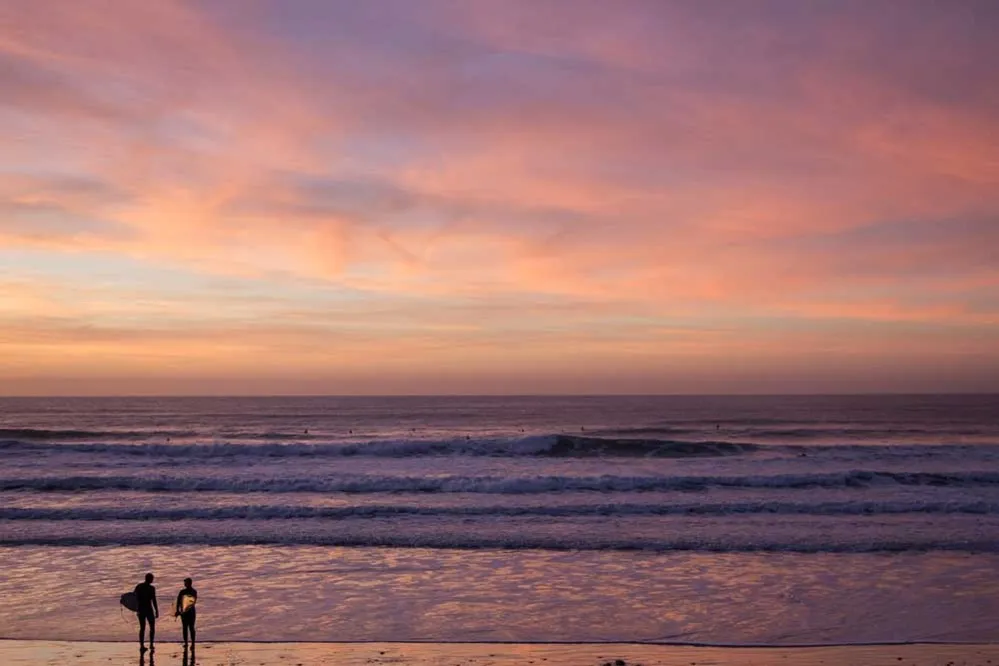
Rockpools revealed


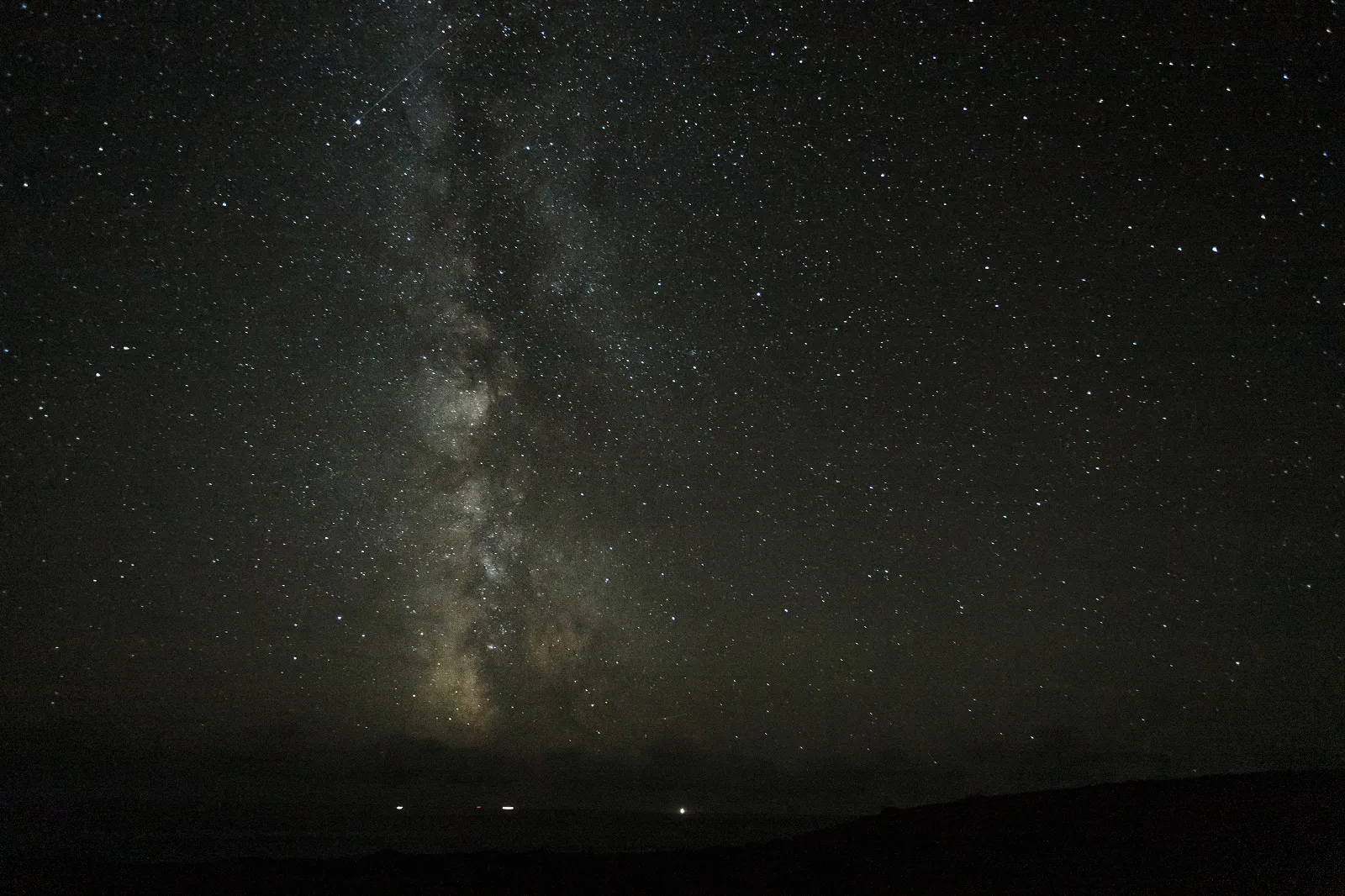
Waves crash against rugged shorelines and the air takes on a crisp, invigorating chill. Cornwall unveils a different kind of magic during the autumn and winter months. The season for a change of pace, a chance to embrace the coastal environment and relish precious downtime.
Summer by the sea has much to offer, then as the days shorten and the landscape shifts into its next season mode, it’s time to slow down, stretch out and look up.
You can’t beat the autumn and winter for stargazing. From September through to March, the stage is set for the perfect conditions to gaze at the stars.
Fancy staying in a holiday retreat with a hot tub? Check out our cottages with a hot tub for a relaxing getaway.

Starry skies over Gwennap Head, West Penwith
Image credit: Graham Gaunt Photowork
Bodmin Moor is among the best locations nationwide to turn your eyes skywards. In 2017, the majestic granite moorland was awarded an International Dark Sky Park accreditation – the first to be given to an Area of Outstanding Natural Beauty (AONB) in the UK. This means that night-time levels of artificial light are extremely low, creating pitch-black conditions in which to admire celestial sights. And with ancient monuments all around – from stone circles to burial mounds – the past feels within touching distance. To see the stars in a dark night sky as our ancestors would have done thousands of years ago is an awe-inspiring experience.
A second Cornish region recently gained the same accreditation. West Penwith – ranging from near St Ives to St Just to Mousehole was added to the roster in 2021. Unlike Bodmin Moor, West Penwith is a sweeping coastal habitat, which offers the opportunity to enjoy dark skies from a clifftop vantage point and picturesque ruins of tin mines silhouetted against the sea.
Thinking about staying in St Ives? Have a look at our luxury St Ives holiday properties.
With luck, you may see the spectacular colour of the aurora borealis, or Northern Lights, when the night sky is filled with dancing shades of pink, green, yellow and violet. Though only rarely seen further south than Scotland in the UK, the colourful phenomenon graced Cornish skies twice last year.
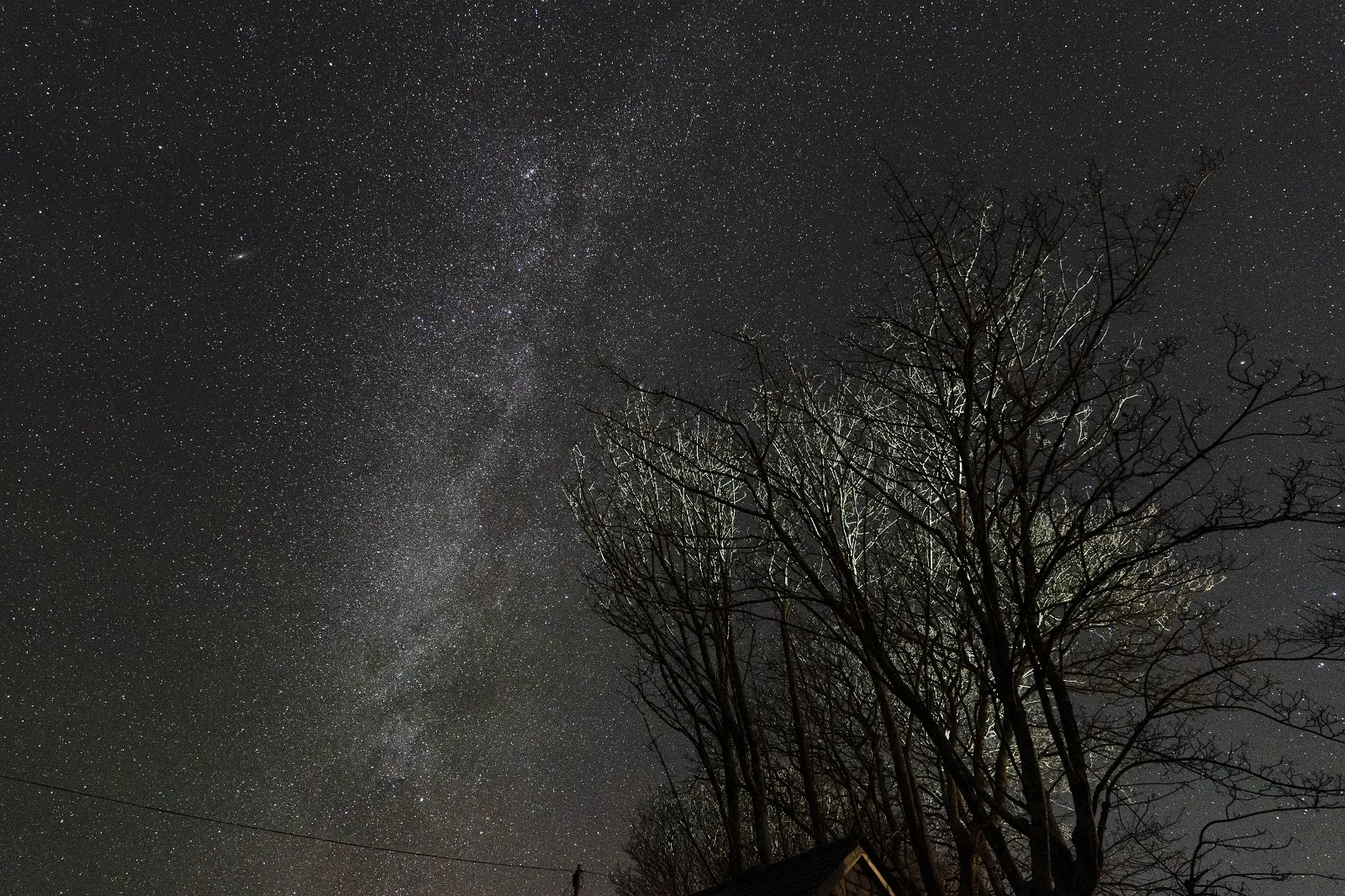
Image credit: Graham Gaunt Photowork
The cosmic calendar is filled with must-see events this winter. On 28 October, the UK will witness a partial lunar eclipse, as the moon passes through the earth’s shadow; turn your eyes to the skies at 21:15 for the maximum eclipse.
In December, the Geminid meteor shower will see up to 150 meteors per hour dashing through the night sky, making it one of the best displays to see this year. And as the shower’s peak on 14–15 December coincides with the crescent moon, the sky will be left dark, meaning viewing conditions should be perfect. Moonless nights offer the best opportunity for stargazing – if you want to admire the Milky Way, for instance, time your viewing with the new moon.
On 22 December comes the winter solstice: the shortest day and longest night of the year. This needn’t be gloomy – far from it. The annual Montol Festival in Penzance on 21 December aims to revive ancient pagan traditions to joyous effect. Six days of celebration – including storytelling, folk music and mask- and lantern-making workshops – will lead up to the main event on 21 December, in which a procession of picturesquely-costumed figures parades through the town.
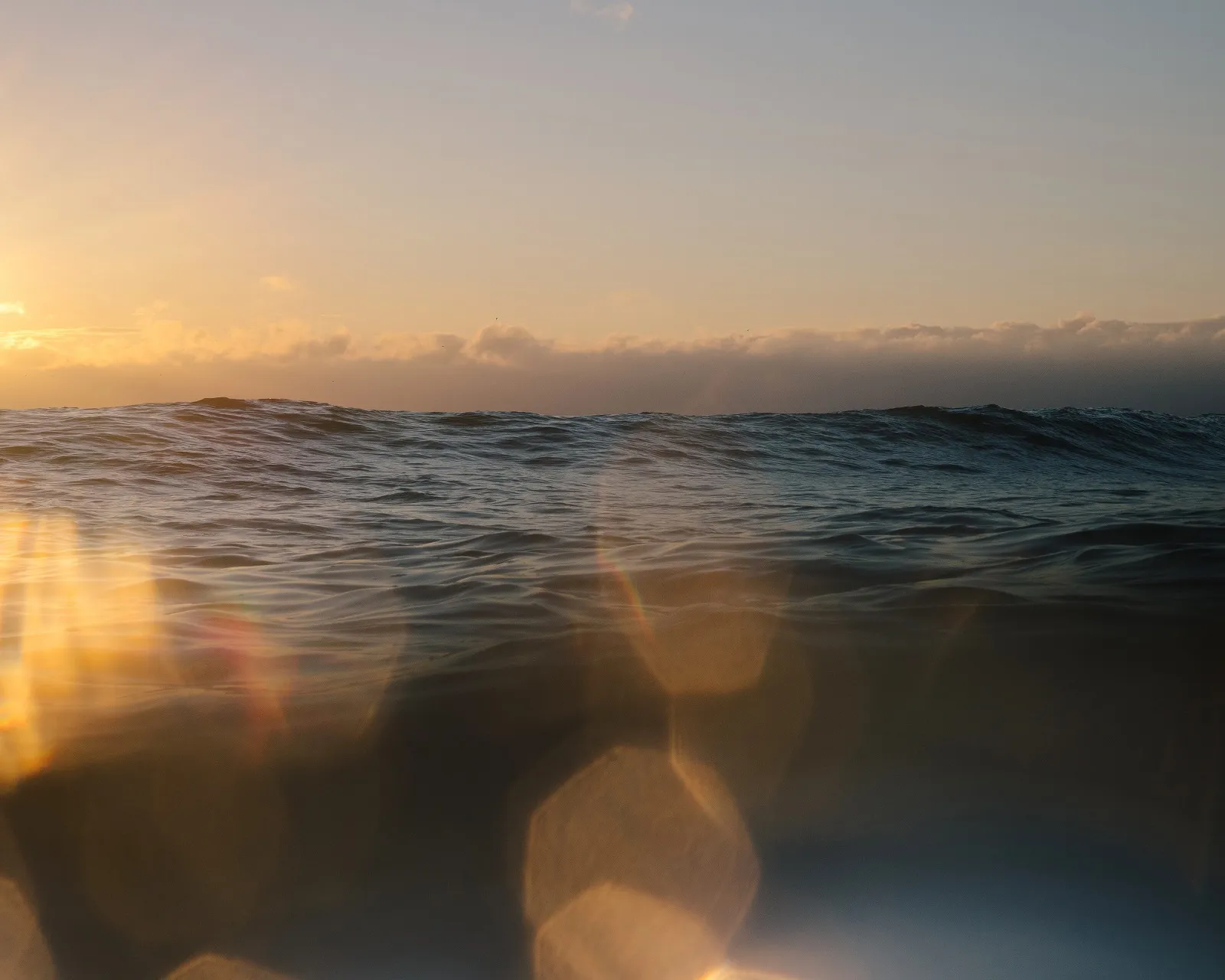
Image credit: Bella Bunce
The winter months are the perfect time for bracing coastal walks. The South West Coast Path along the rugged cliffs and hidden coves of north Cornwall offers breathtaking views of the Atlantic Ocean. Bundle up, bring your camera, and set out for an invigorating hike.
You might even catch one of the season’s most dramatic spectacles: storm watching. Head to a cliffside viewpoint and witness the power of the ocean as it crashes against the cliffs and sends waves soaring into the air. Then there’s the prospect of taking it all in from a beach side retreat, or retreating back there for a mug of cocoa after facing the elements.
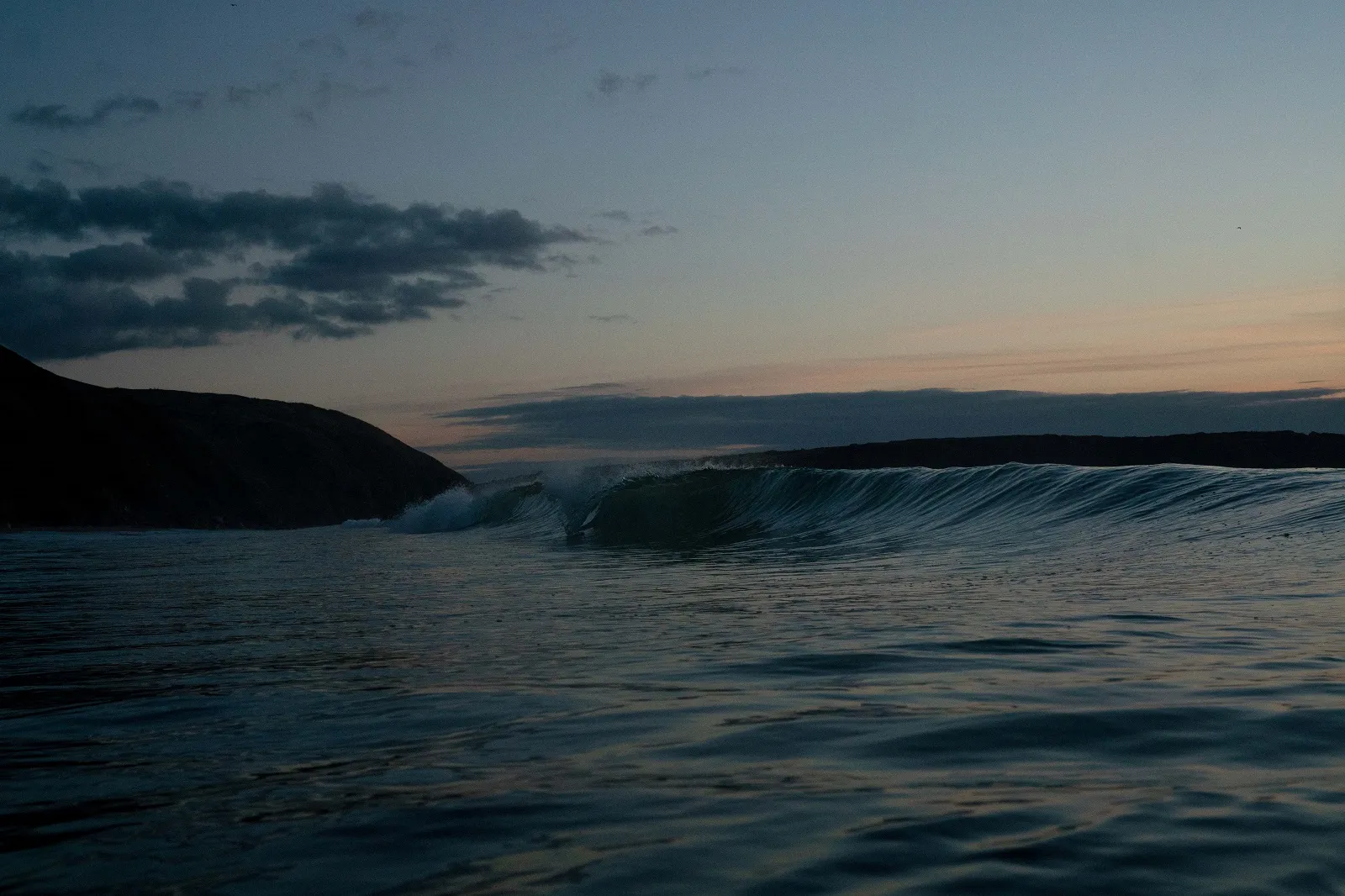
Image credit: Bella Bunce
For keen swimmers or those game for a short cold water dip, secluded sea pools offer protection from the wildness of the waves, and local favourites include Bude Sea Pool and Treyarnon Bay Tidal Pool, near Padstow. For something less exhilarating and more relaxing the geothermal pool at Jubilee Pool in Penzance is open all year round, filled with seawater that’s been geothermically warmed to a toasty 35 degrees.
Winter is an excellent time for wildlife enthusiasts to visit. As mainland Europe freezes, the Cornish coast becomes a hub for both resident and migratory bird species, including puffins, gannets, and razorbills. Look out, too, for flocks of brent geese and wigeons arriving from the Arctic, seeking refuge in the mild Cornish climate. The cliffs provide ideal vantage points to spot these majestic creatures as they soar along the coastline.
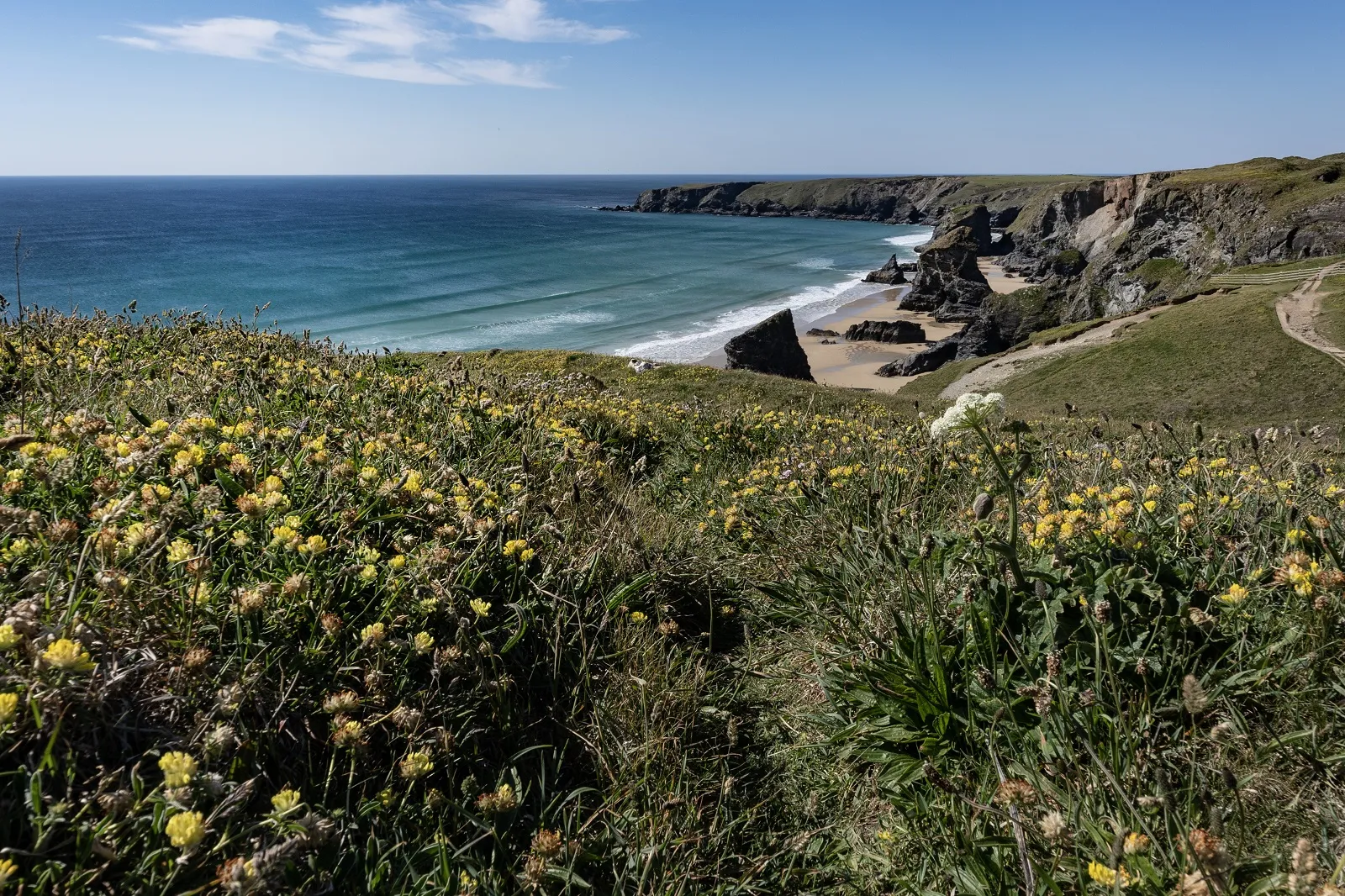
Image credit: Graham Gaunt Photowork
Some of the best places to bird-watch include the internationally-important Maer Lake Nature Reserve near Bude, Middle Amble Marsh and Walmsley Sanctuary, both near Wadebridge, and Windmill Farm Nature Reserve on the Lizard. And to combine heritage sights with natural wonders, you can’t do better than a trip to St Michael’s Mount in Marazion, near Penzance. During winter, hundreds of thousands of starlings gather here to swoop in their impressive formation – known as a ‘murmuration’ – at sunset.
You may even be lucky enough to witness seals and dolphins playing in the brisk waters. Grey seals haul themselves ashore to have their pups in autumn and winter, and there are spots around the coast to observe seals at this time of year from safe vantage points. Bottlenose dolphins, common dolphins and harbour porpoises are frequently seen off the Cornish coast year-round.
Whether seeking adventure, carving out some precious downtime, or looking for both, the autumnal and wintery coast has something to offer every traveller.
Experience the mesmerising allure of the sea with the sensational sea, where each moment is immersed in the beauty and tranquillity of coastal living.
Make your escape, experience #coastalwonder.…
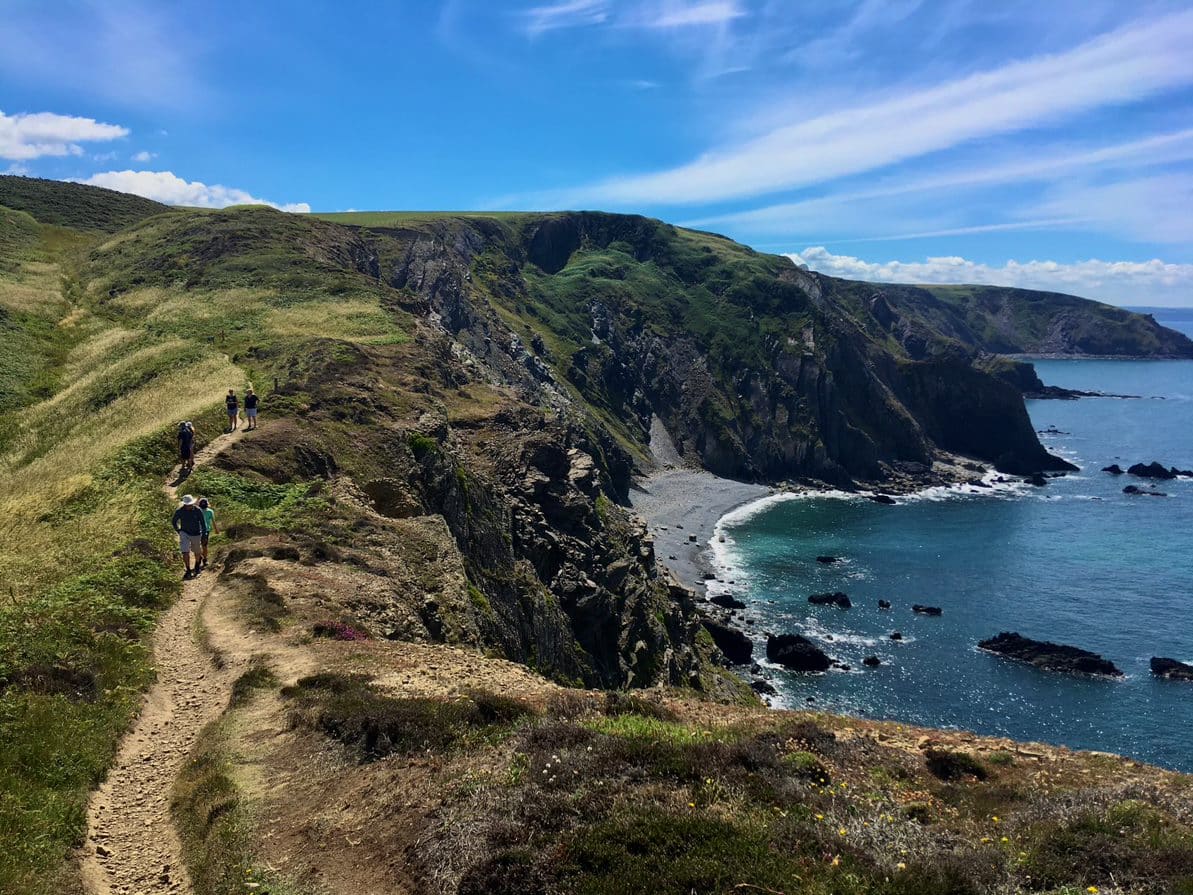

A guided walk on the Morwenstow cliffs by David Myers
The phrases “off the beaten track” and “hidden gem” are often used to describe Cornish beaches and villages, which, upon arrival to the teeming carpark, are evidently anything but. However, Cornish wildnerness guide David Myers would like to introduce you to a place which might well be Cornwall’s best representation of the above terms.
There’s a good chance that you’ve never heard of Morwenstow, the wild and windswept coastal parish at the extreme North end of the county, and there’s a good reason why – it’s literally not on the map (well, a lot of them!). The postcard below is a great example: the 7-mile stretch north of Bude has been chopped off, an unwieldly inconvenience to the map maker.
Fancy staying in a holiday retreat with a hot tub? Check out our cottages with a hot tub for a relaxing getaway.
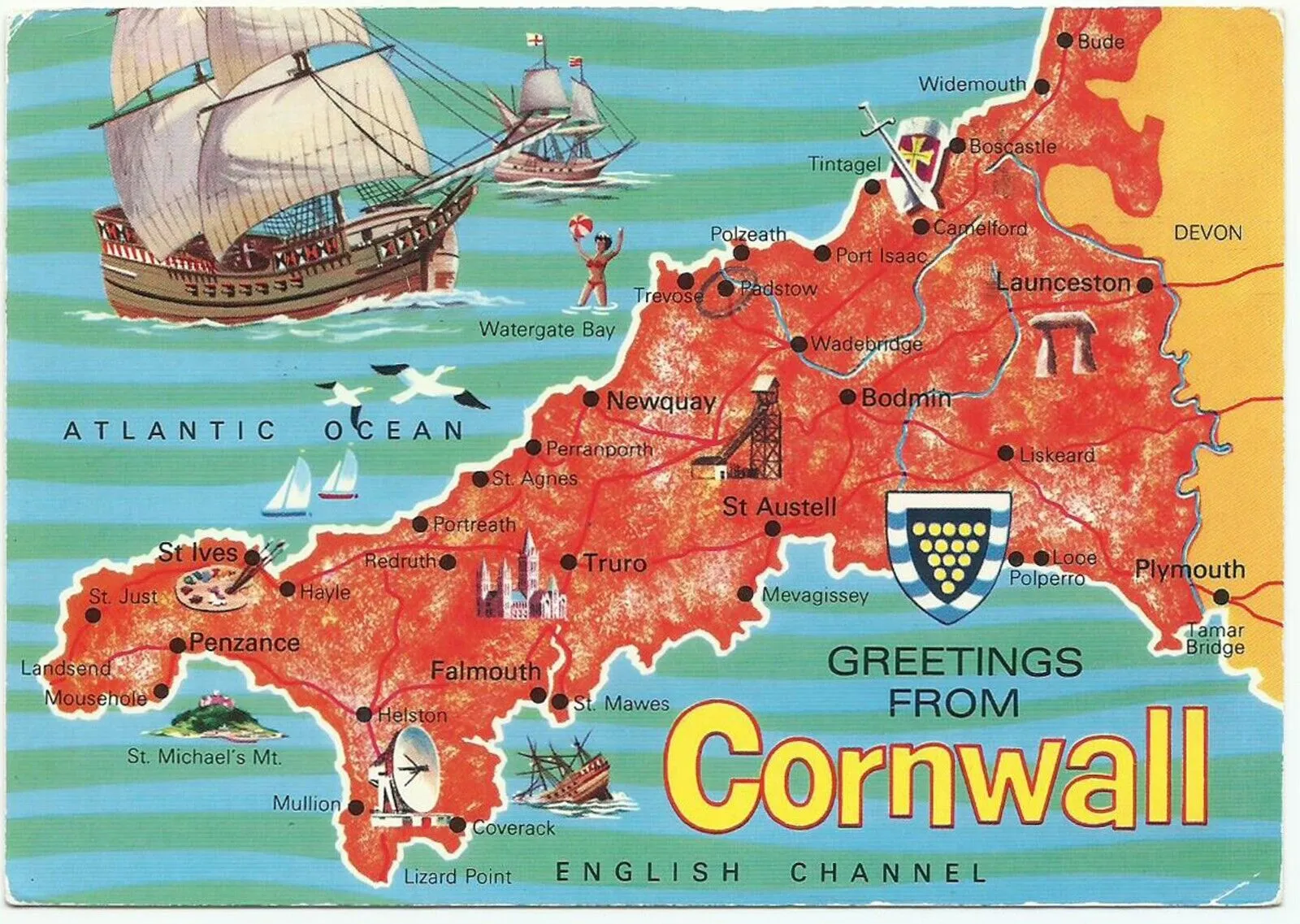
This isn’t a negative, far from it. It’s a unique quirk about the area which only adds to its feeling of remoteness. An hour’s drive to the nearest dual carriageway, and a further half-hour more to the closest motorway and proper train station, you really have to make an effort to get to this place. But those who do will be rewarded with some of the most unspoiled, stunning and quiet stretches of coastline in the South West. On a sunny August bank holiday, if there are more than 5 people on some of the beaches it’s classified by the locals as busy.
There are no settlements on the Morwenstow coastline, just a string of remote beaches and coves, towering clifftops and rugged coastal scenery. The only building you will encounter is a tiny cabin, constructed in 1843 by an eccentric vicar from the salvaged timbers of a ship wrecked on the jagged rocks far below. It’s been standing there defiantly for the past 180 years, surviving all manner of storms the Atlantic has thrown at it, and serves as a visual reminder to the area’s wild history of shipwrecks, piracy and smuggling. Even the local pub, the Bush Inn, owes its name to a code the smugglers used to distinguish friend from foe.
Fancy staying in Bude, near Morwenstow? Check out our luxury holiday lets in Bude.
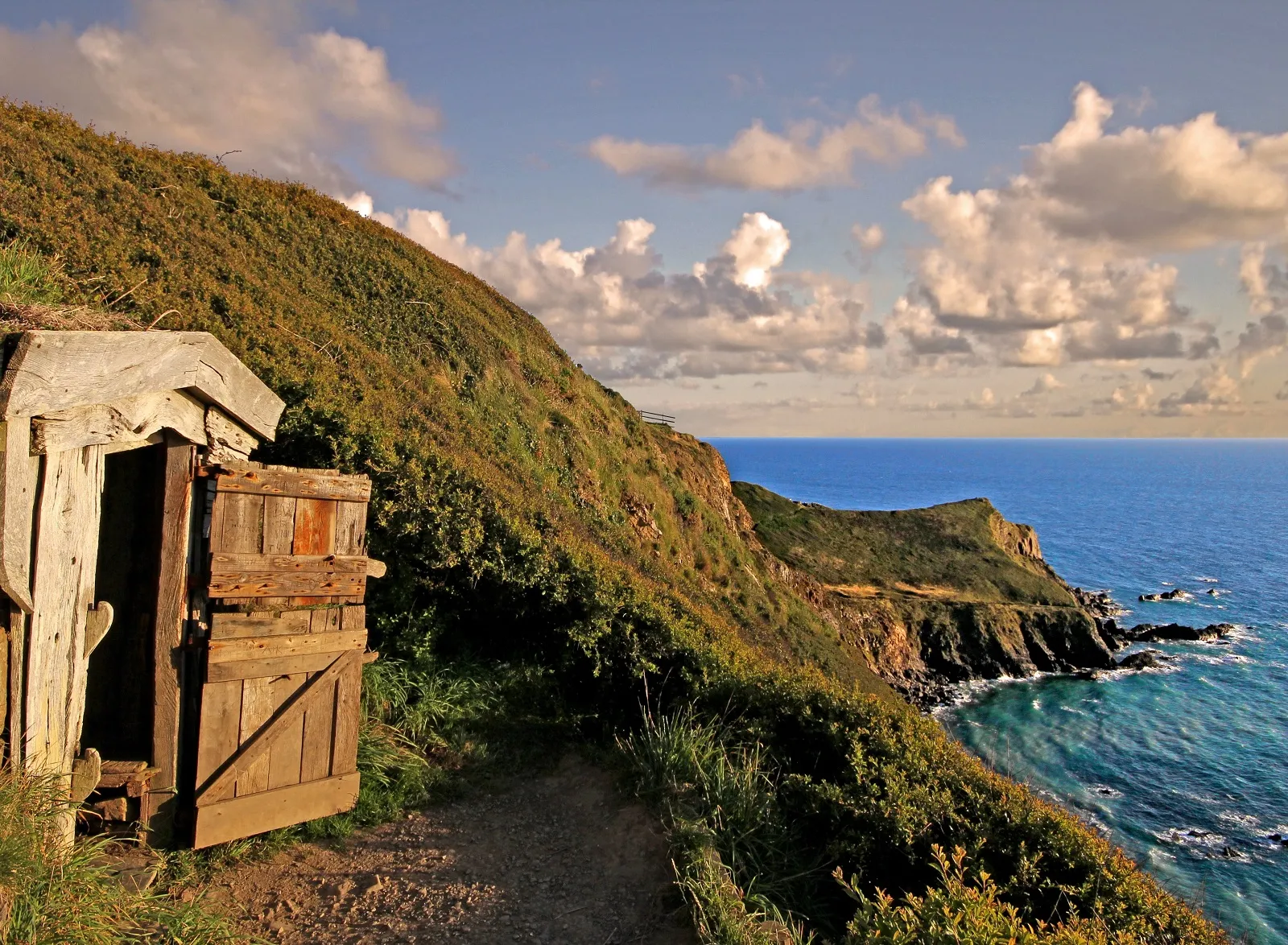
Hawker’s Hut by David Myers
That’s not to say the coastline is all that this area has to offer. You can head inland up one of the many deep, wooded valleys, surrounded by ancient oaks. It’s a paradise for walkers and trail runners, with the vast network of paths leading into the parishes of Welcombe and Hartland, forming a network of hundreds of miles of adventure, where you will most likely not encounter a soul.
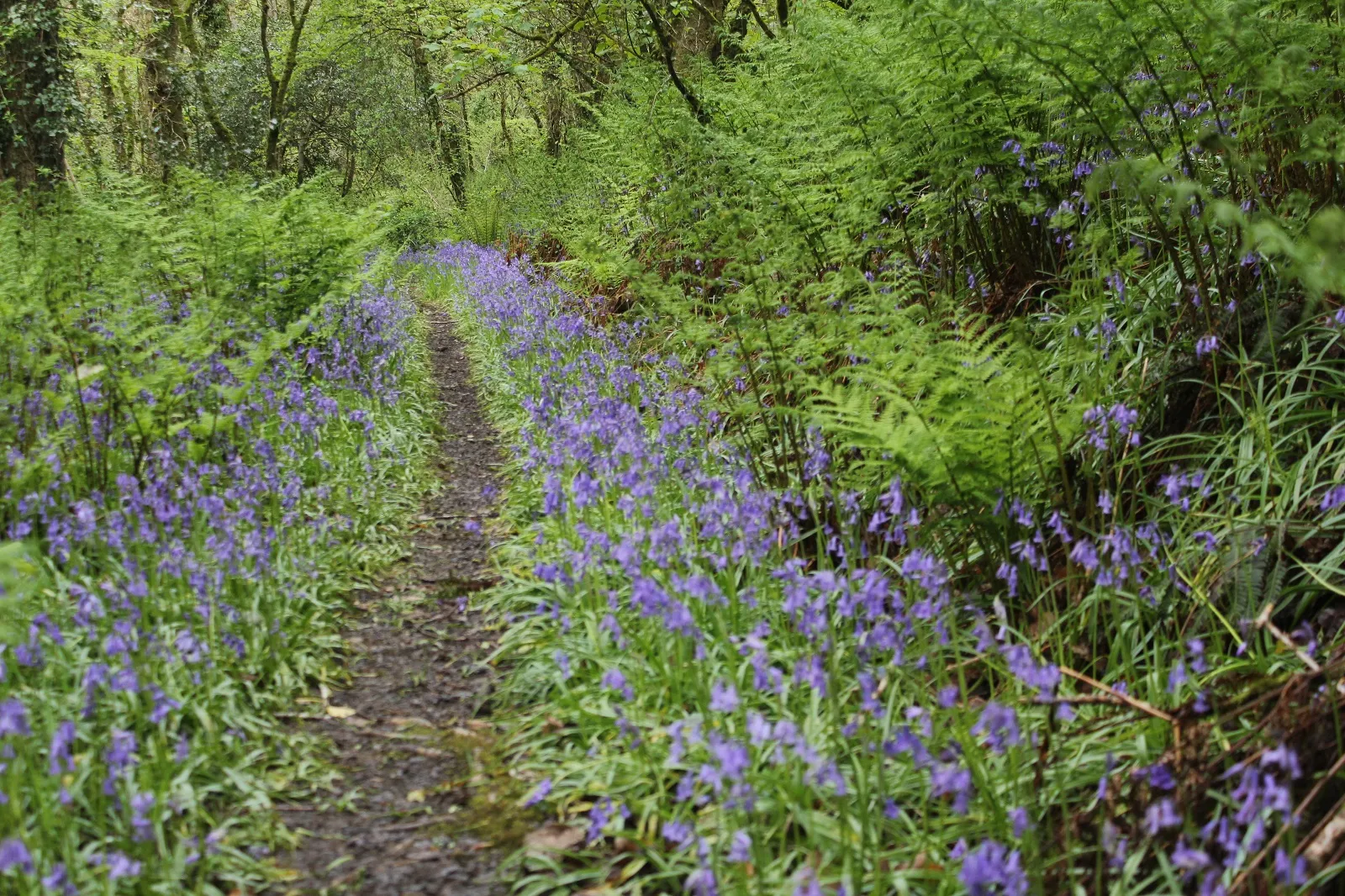
Bluebell lined woodland trail by David Myers
If cycling is more your thing, the quiet country lanes make an excellent way to explore the area. An electric bike, hidden beaches, a 13th century pub and a tearoom all combine to make an unforgettable day out.
If you’d to experience perhaps Cornwall’s best kept secret then visit www.davidmyers.co.uk or Instagram @davidmyersguide. David is a wilderness guide and Morwenstow native who offers guided walking, trail running and electric bike trips in the area, for people who want to experience the quieter side of North Cornwall and Devon. From easy one-hour history walks, to challenging all-day and multi-day adventures, there’s something for everyone.
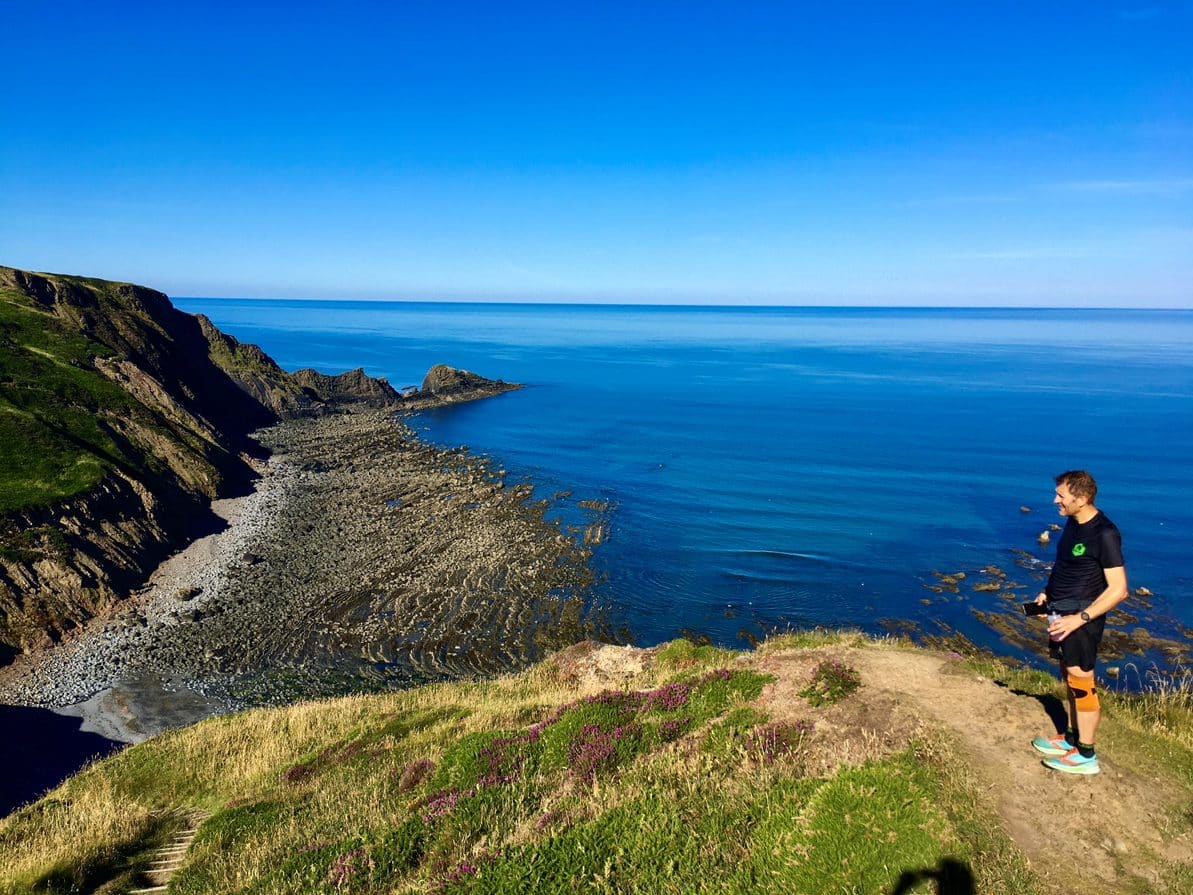
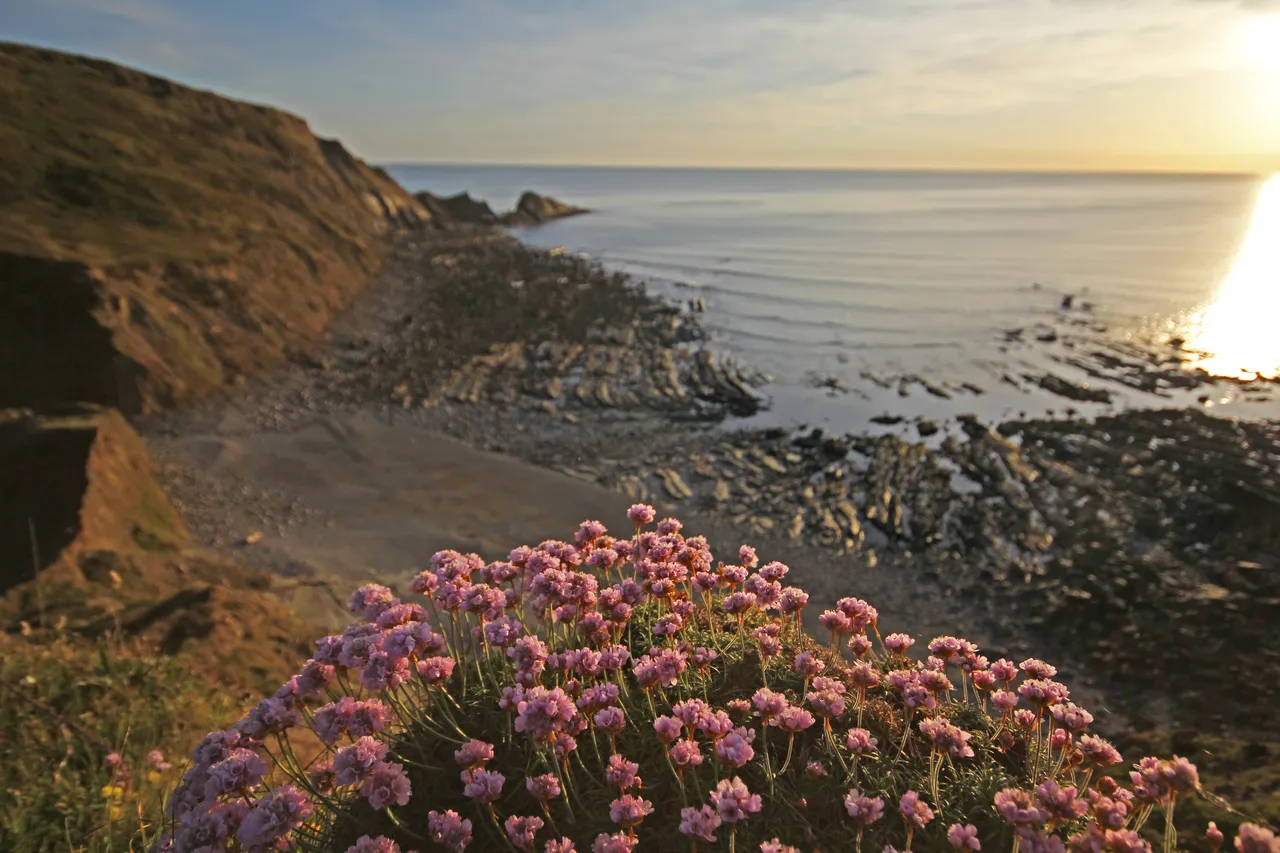
Experience the best of nearby Padstow with our guide to a week-long stay, featuring must-see attractions, delicious dining, and picturesque coastal walks.
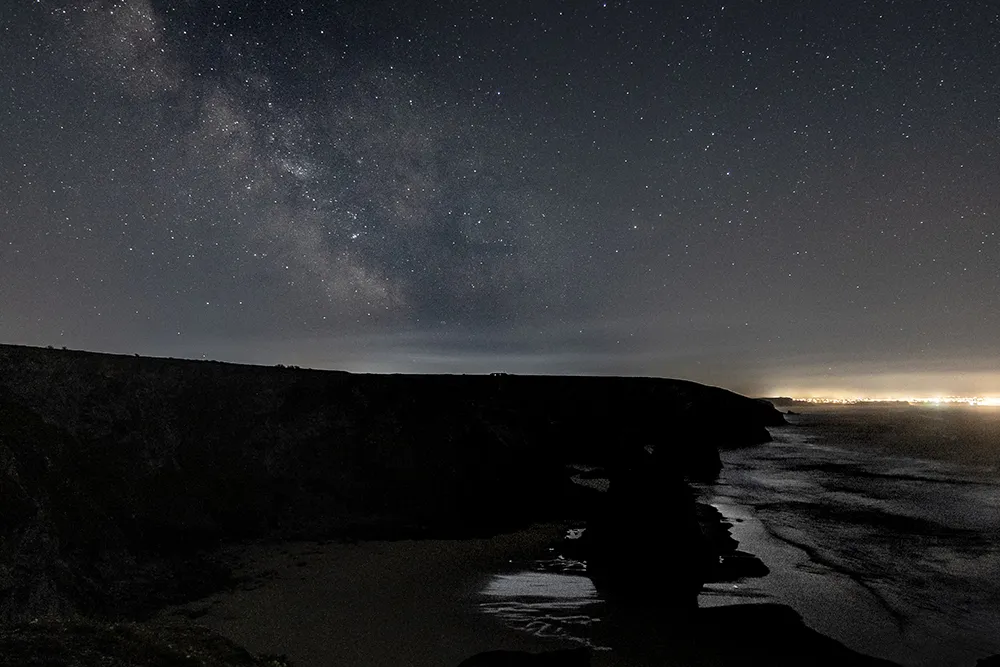
A visit to the unique county of Cornwall is the perfect chance to pick-up a new skill, learn something new, or try something different. It might be an old favourite in a new location, or an untested activity you’ve always hankered after. Here’s a round-up of what to do in Cornwall this year and what your stay by the sea could offer this year…
Discover new skies
Cornwall offers dramatic landscapes for night time adventures. In December 2021, West Penwith was recognised as an International Dark Sky Park, joining Bodmin Moor with this designation and the Dark Sky Discovery Site at Carnewas and Bedruthan Steps where you can see the Milky Way pass overhead.
Want to stay in a luxury holiday house with a view of the sea? Check out our cottages with sea views.

Image credit: Graham Gaunt Photowork
Spend time on ocean time
Why not take some time out from the normal rhythm of life to follow the beat of the tides? From expansive beaches of golden sand and rocky pools teeming with hidden life to high-adrenaline coasteering and water sports at high water. Then there’s reading the waves as they come and go, learning the natural signs of the sea so you can decide what best suits the day’s conditions, from heading in for a swim to grabbing the surfboard.
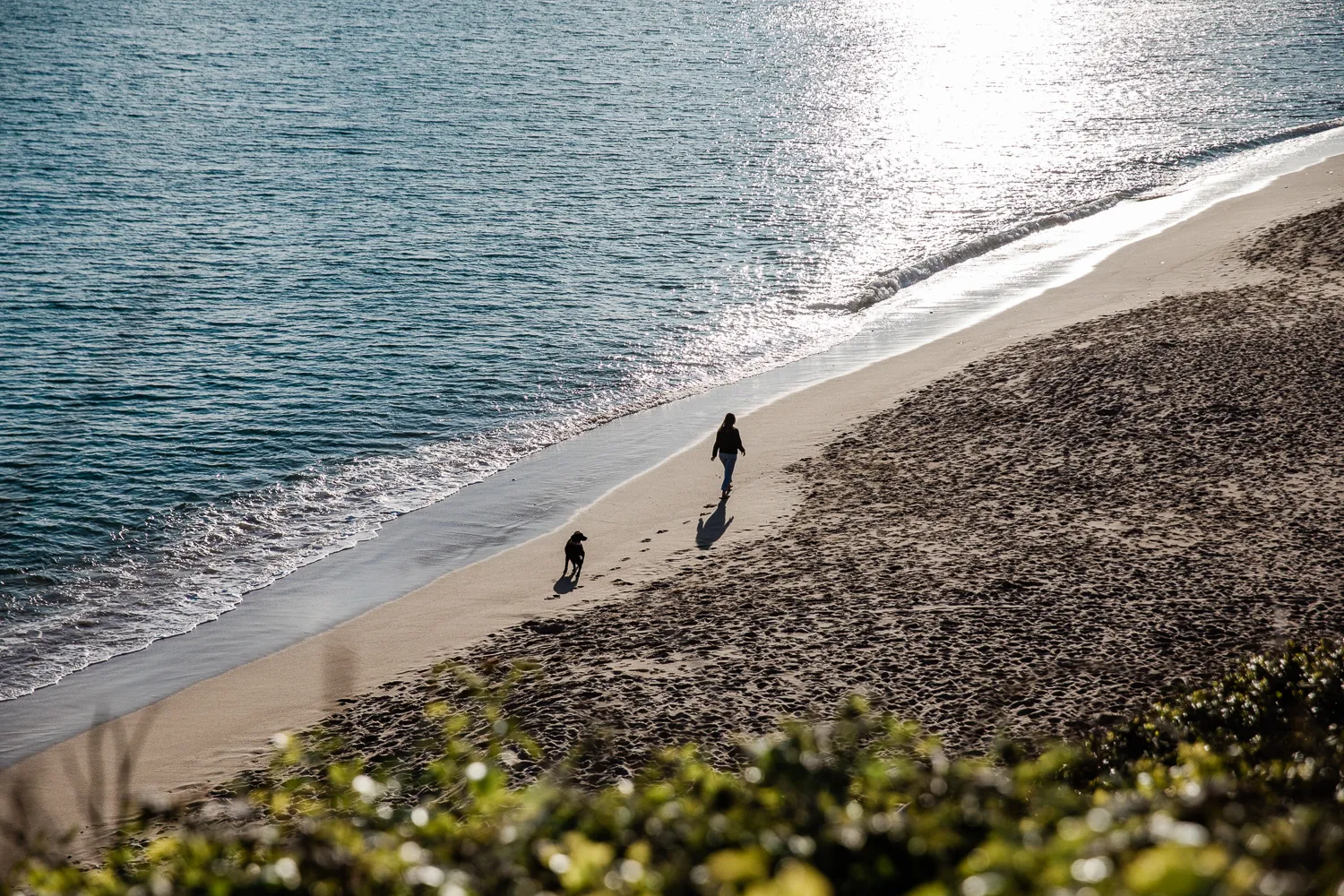
Go to the ceramic source
China clay is synonymous with St Austell and its surrounding villages; a rich heritage that’s embarking on an artisan revival. Operating out of St Austell’s newly relaunched Market House, along with a host of other makers, Flookan runs a four-week introduction to ceramics course, in the home of china clay, where you can learn a range of skills for working with clay. There’s also one-off workshops and taster sessions running through the year, with private bookings on request.
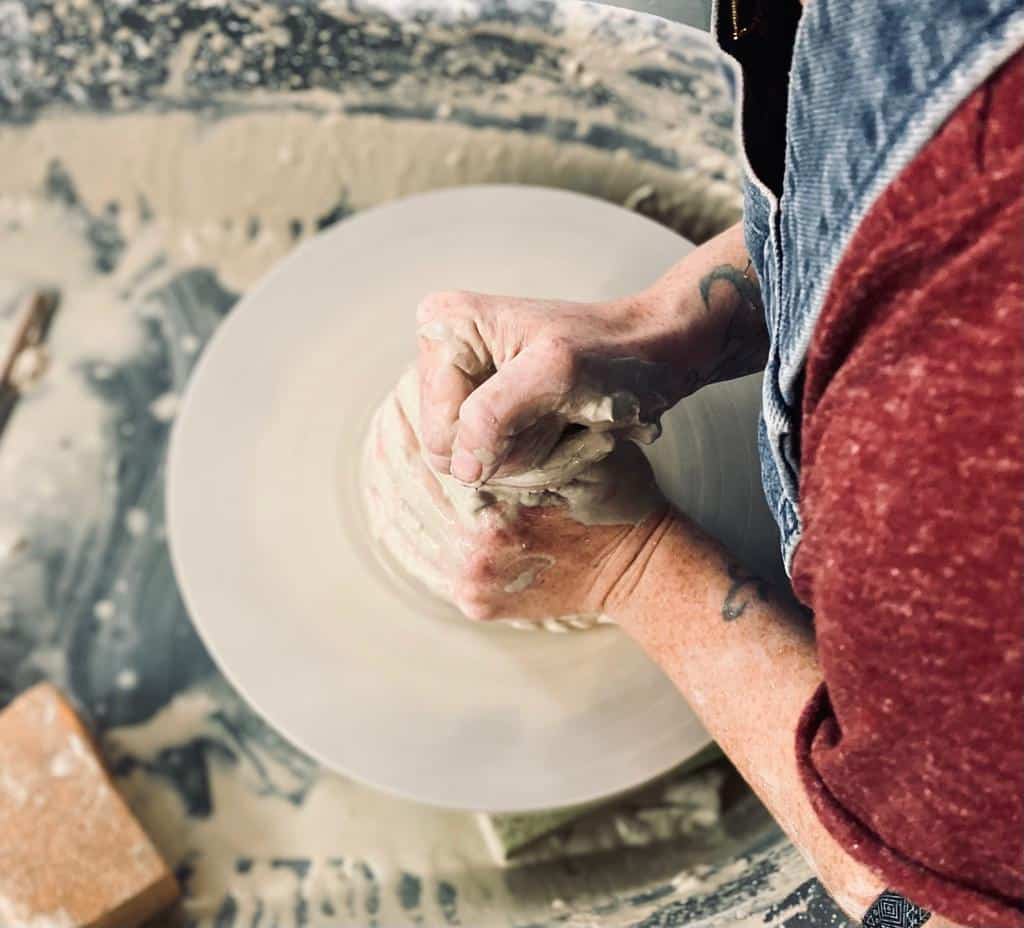
Image credit: Flookan
Seek out supper from the sea
Foraging seaweed can be a sustainable, tasty, invigorating journey into a new cuisine. The Fat Hen offers a two-day course in identifying, gathering, preserving and cooking with 15 different seaweeds. You’ll also learn how seaweed can remineralise the body in baths and skincare products.
Find the vines
Cornwall’s relatively mild climate and long sunlight hours make it one of the finest regions for wine production in the UK. The Wild Wine School near Padstow has a commitment to sustainable viticulture, and deals in wine with distinctly untamed notes: its mission is to share wine knowledge and passion “in surroundings that enliven senses and expand minds, calling on nature to add a technicolour edge to your experience”. In its workshop on Organic and Biodynamic Viticulture, you’ll learn the basic concepts of organic and biodynamic viticulture, “from lunar cycles to the special alchemy of plants”, taste six sustainably produced wines, and have the chance to try making one of the Biodynamic preparations.
Fancy staying in Padstow? Check out our luxury holiday lets in Padstow.
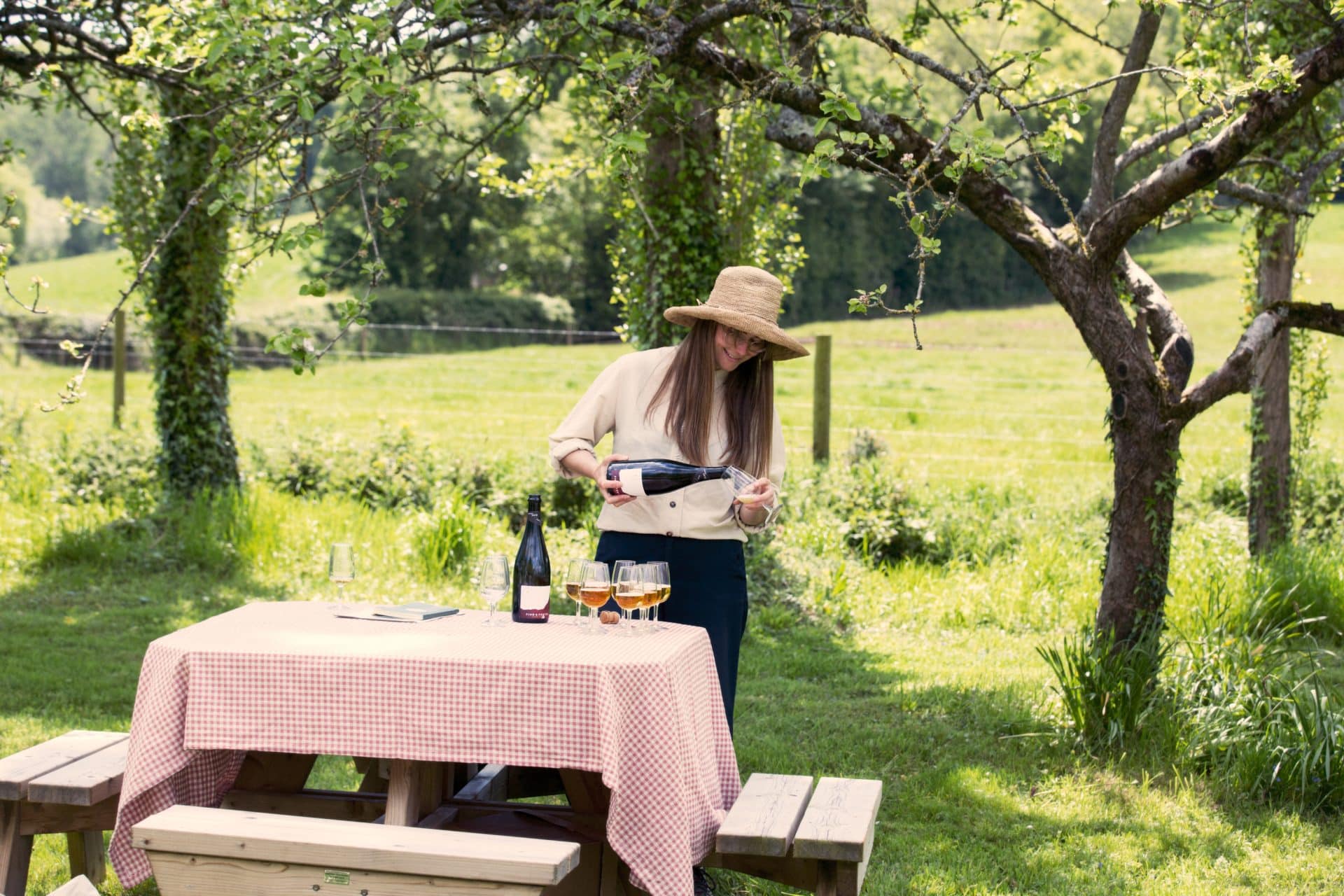
Image Credit: Ingrid Pop
Ride the West Kernow Way
An 230km off-road route – funded by the European Regional Development Fund’s Experience project – exploring west Cornwall is now fully open. It takes in many of the highlights of the western half of the Cornish peninsula, including the Botallack tin mines, the Bronze Age monument Mên-an-Tol, Land’s End, St Michael’s Mount and Lizard Point. Expect spectacular coastal scenery, hedgerows bursting with wildflowers and ancient tracks across isolated moorland.
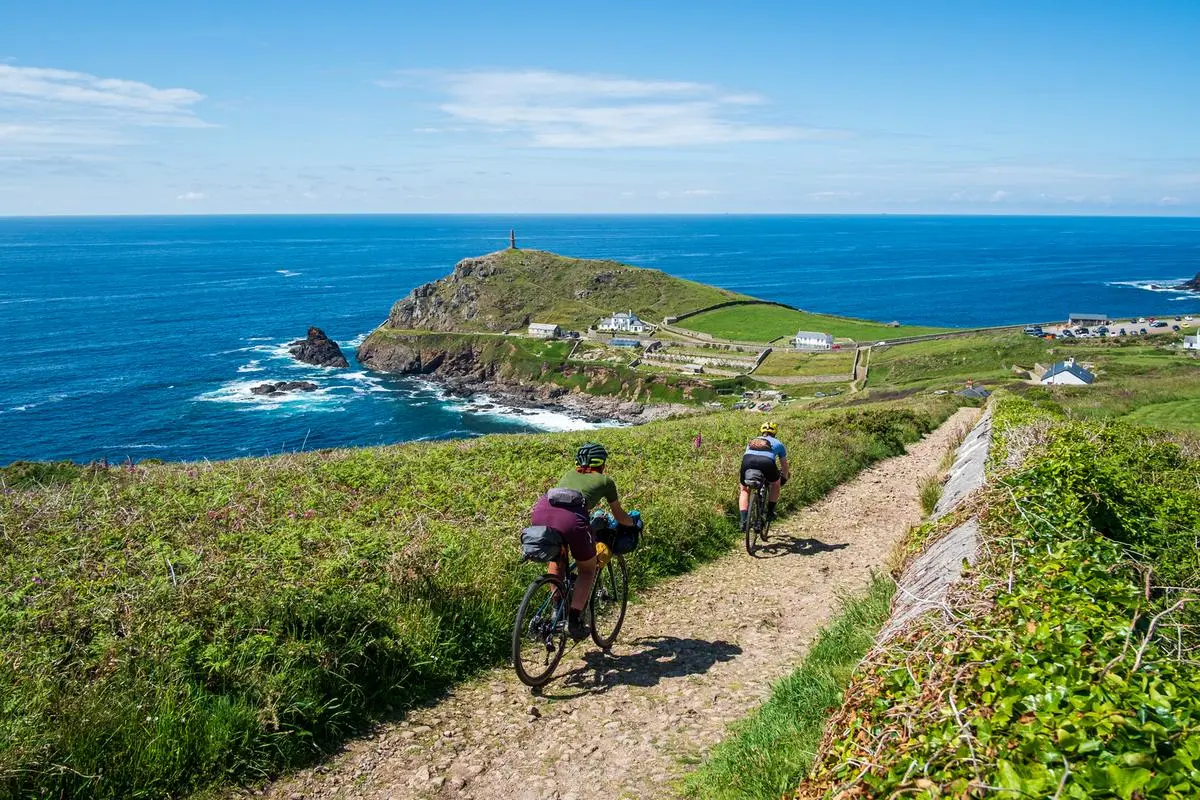
Image credit: The West Kernow Way
Explore sea life
Graceful and silent, take to a kayak to explore aquatic habitats and the chance to share secluded coves with seals and cormorants. Koru Kayaking offer North Coast kayaking around the caves and mining heritage of St Agnes, and the sheltered creeks and coves of the Helford River near Falmouth. For the more experienced, Sea Kayaking Cornwall run a week-long adventure island hopping by kayak around the Scilly Isles.
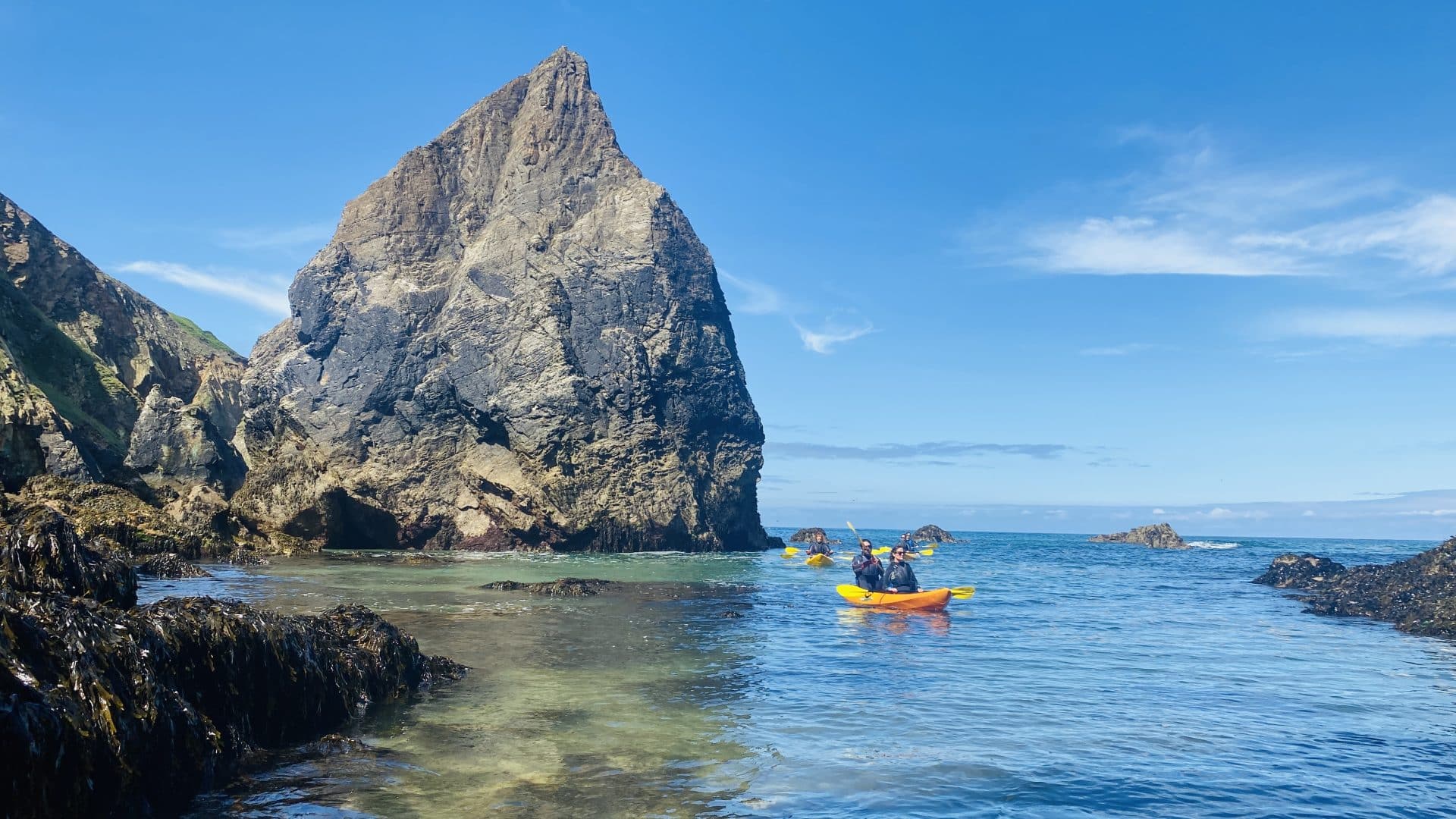
Image credit: Koru Kayaking
Apnea or freediving, descending under water on a single breath has a long history, with roots in yoga, meditation and breathing techniques. Explore the wilderness underwater with Aquacity, based in the sheltered Porthkerris Cove on the Lizard. Aquacity offer a half-day introduction to freediving from May. There’s also a more advanced course giving an entry-level qualification.
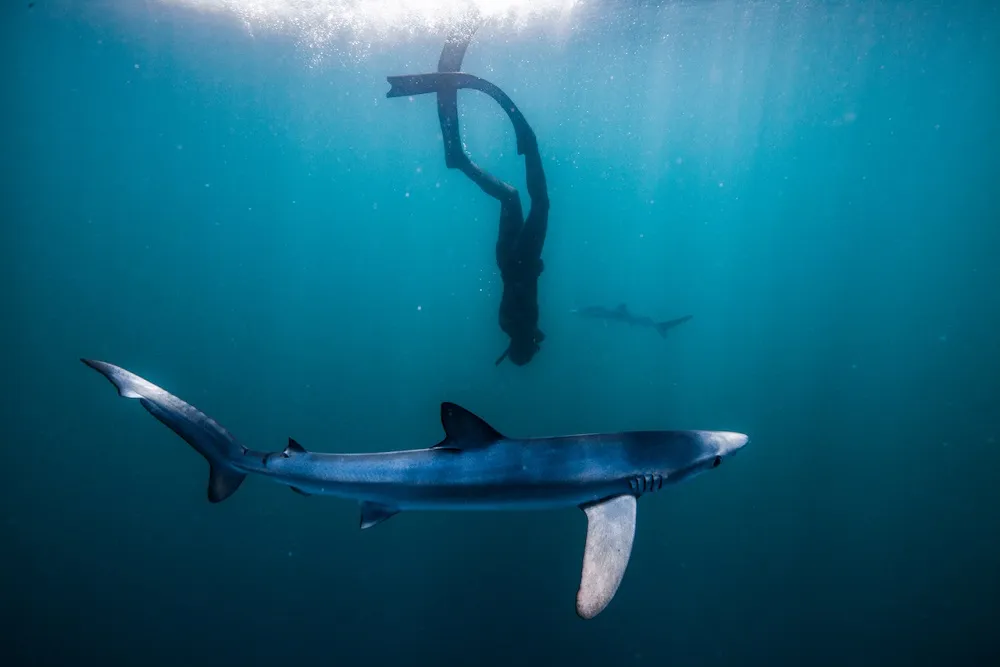
Image credit: Daan Verhoeven
Take the geothermal waters
Jubilee Pool, the striking Art Deco sea water pool on Penzance’s promenade now has its new geothermal pool up and running, heated to 30-35 degrees via its own 410m deep geothermal well. So the pool now offers Geo & Dine, where you can enjoy an evening dip under the moonlight in the steamy geothermal pool, followed by a specially selected, fresh locally-sourced three-course meal. Or try its Geo & Fizz sessions, where you can buy an alcoholic drink from the cafe and enjoy some bubbles in the water.
Find a discounted stay by the sea on our special offers page, and browse our various beach locations to explore a new place this year.
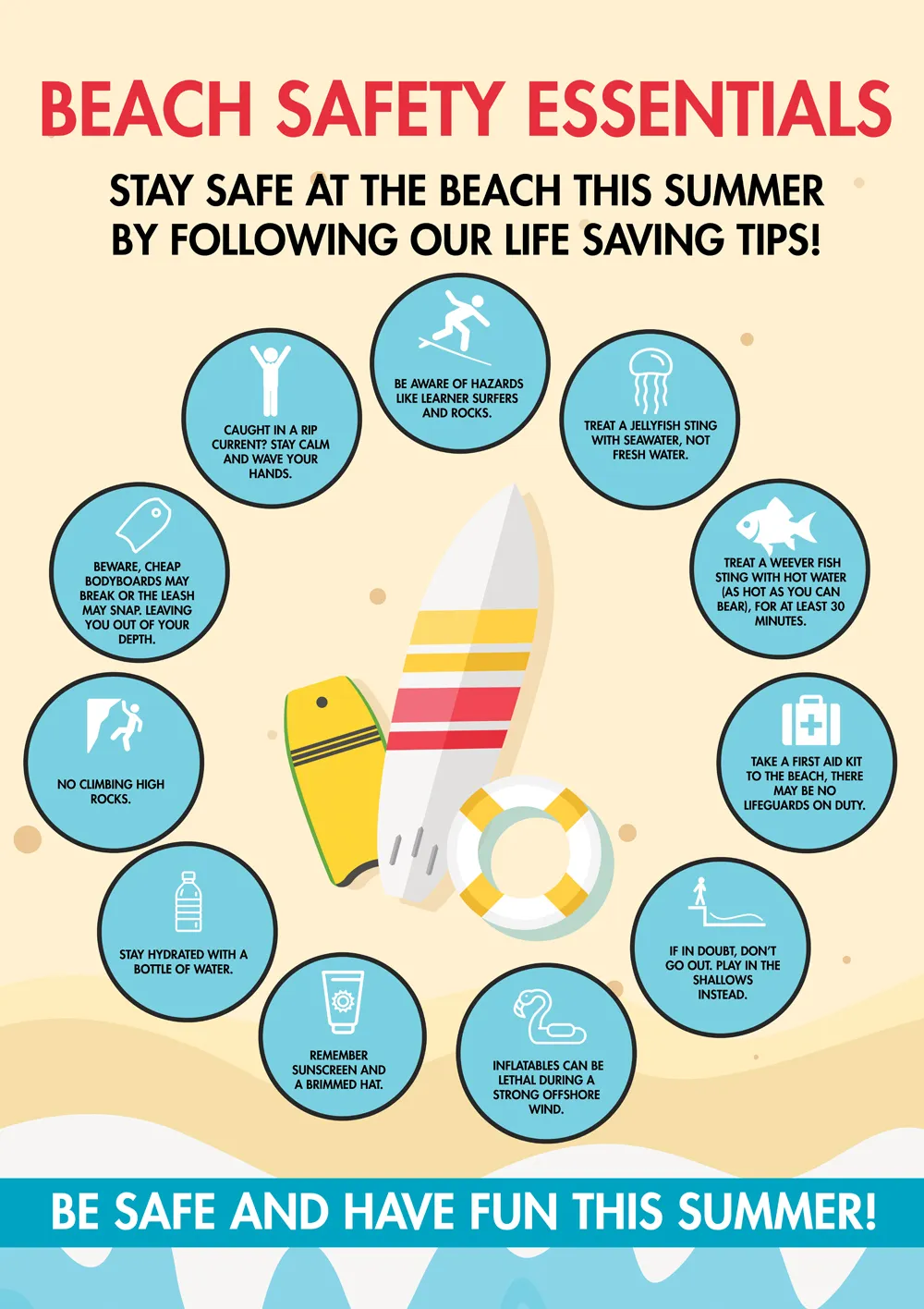
Here’s what you need to know if you’re planning a trip to the seaside…
Want to stay in a luxury holiday house with a view of the sea? Check out our cottages with sea views.
We hope you’re excited for your stay by the sea. While Cornwall is generally a safe place, each year there are accidents on our coastlines.
To ensure this doesn’t happen to you during your time with Beach Retreats, Newquay Activity Centre have produced some beach safety guidelines for you and your family to follow. Their instructors are fully trained lifeguards and work closely with the RNLI.
Save the image below to your phone and share with your loved ones ahead of your holiday to Cornwall.
Stay next to the sea with our other holiday lets in Perranporth!
You may see a flag with a red stripe on top and a yellow stripe underneath. There will be two of these red and yellow flags on the beach, and these mark out the area that it is safe to swim between. This area will be covered by lifeguards.
Mark Kelly is the Beach Lifeguard Trainer and Assessor at Newquay Activity Centre and says:
“The beaches are busy, and we’ve experienced a big swell recently that has already sadly caused fatalities and rescues. We urge surfers and swimmers to be aware, check the weather, tide and forecast.
For small children, there is also fun to be had in the rockpools and paddling in the shallows. We really hope that the RNLI are able to fully patrol the beaches soon, but we want people to understand how dangerous the sea can be and to stay safe at the beach”.
Discover more safety insights from the RNLI & stay safe at the beach with essential knowledge of natural signs at sea.
If you’d like to participate in a safe ocean activity this summer under the watchful eye of a trained lifeguard, or you would like to train as a lifeguard, please contact newquayactivitycentre.co.uk
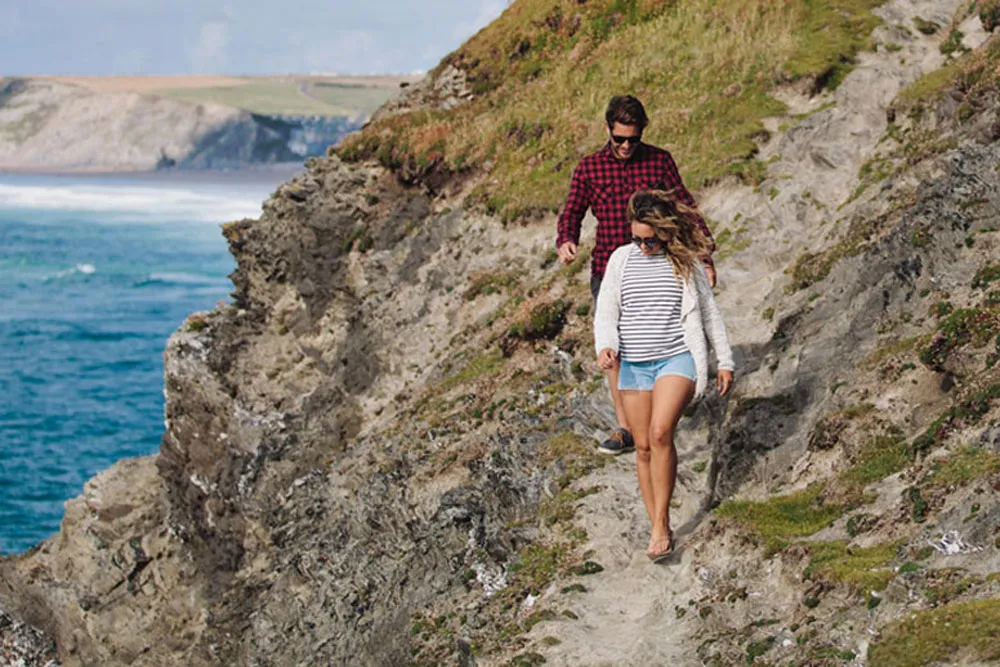
You know that feeling when your holiday is coming to an end, yet there’s still so many things you want to do?
We feel you. That’s why, this year, you don’t have to worry about your time running out too soon when you book a stay with us this winter. When you book three or five night break from November until March (excluding school holidays), enjoy two extra nights on us.
Find out more about booking your stay here.
Because more time means more freedom to enjoy Cornwall, the way you want to.
Keep an eye on our socials over the coming weeks, where we’ll be hosting a series of competitions giving you the chance to win some great prizes to enjoy during your two free nights.
In need of some more inspiration? Here’s a few suggestions on ways to make the most of your two free nights by the sea.
Discover unbeatable savings and unforgettable experiences with Beach Retreats’ exclusive special offers.
Cornwall has over 300 miles of coastline, just waiting to be explored. From your retreat you’ll have easy access to the South West Coast Path, where you’re guaranteed incredible vistas and untouched wildlife no matter the direction you go in.
South West Coast Path are inviting any keen walkers and coast path lovers to become a member. A full year’s membership includes a copy of their handy guidebook of coastal walks, full of the best trails and detailed maps of the coast. This year, use your two free nights to explore more of Cornwall’s coastline, with their knowledge and expertise helping you to discover lesser-known routes, hidden coves, secret wildlife spots and more.
With your membership, you’ll receive monthly e-newsletters packed with coast path inspiration to be used for your next visit, and exclusive member discounts at major outdoor retailers. You’ll also become part of a community that works hard to preserve our beautiful coastal paths for future generations to enjoy.
Become a member here.
Check out our locations on the South West Coast Path and explore our St Agnes holiday cottages.
Make the most of your self catering retreat and its fully equipped kitchen, by cooking a delicious feast on one of your two free nights.
This is made easy by Stein’s at Home boxes, which deliver the excitement of a chef’s kitchen to your doorstep. The cook-at-home meal boxes have been pre-prepared by Steins chefs, and simply require finishing off in your kitchen by following the easy cooking instructions.
The delicious options include a three course lobster thermidor box, with a fresh scallop starter and decadent chocolate pave for dessert. Or choose from a vegetarian Indonesian curry box, autumn afternoon tea, weekend breakfast box and more.
Tuck in to these classic dishes in the comfort of your holiday retreat and enjoy your extra time with a full belly.
If you haven’t hit the surf yet, this is your chance to make a splash and try one of Cornwall’s most popular pastimes before you leave. From the surfing capital of Newquay to the more mellow waves of the south coast, Cornwall is endowed by enticing water on every coast. And in winter the swell is more consistent and powerful, yet less crowded, making it a great time to learn.
Book onto a private session with Wavehunters and ride the waves at Watergate Bay or Polzeath, with the support of their expert instructors. They’ll supply all your kit, including high-tech wetsuits, gloves, booties and hoods, so you’ll barely even notice the cold air and water temperatures. Whether you’re a total beginner or want to fine-tune your surfing skills, the session will be tailored to you, and all ages are welcome.
Book your session here and spend your extra time in the ocean.
Let your dog take the lead on a pup-friendly holiday by the sea. With two free nights, your furry friend can join you in exploring more of the coastline from one of our dog friendly retreats.
As the summer ends, the restrictions on which beaches you can visit with a dog start to end too, meaning there’s plenty of sweeping bays or quiet coves to explore with your dog.
To keep your pup sweet during your strolls, why not try a selection of Forthglade’s natural dog treats? The range of natural, soft bite treats will make your pup’s stay as special as yours, with plenty for them to chew on throughout your two free nights. Mix and match with peppermint and parsley fresh breath bites, post-beach swim reward treats made with chicken and liver, and calming herbal treats to soothe your pup into a slumber after a busy day of coastal walking. Browse their range here.
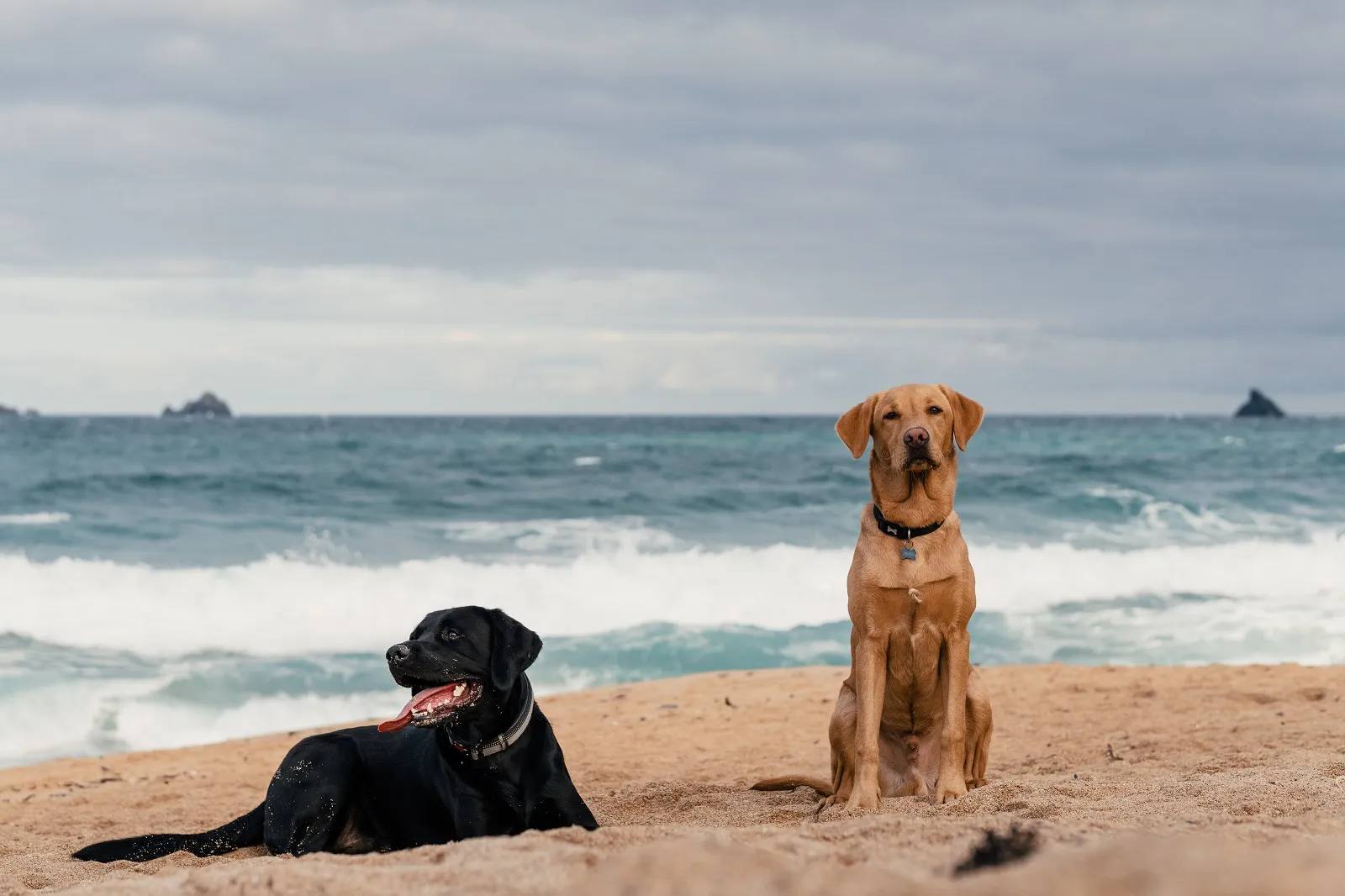
Everyone loves a sunset, and there’s no doubt that Cornwall throws a blazing sundowner show on its north coast beaches. But how about getting up for the sunrise instead? Many of our Beach Retreats on the south coast are perfectly situated for you to pad down onto the sand, coffee in hand, to witness the sun peaking above the horizon and lighting up the ocean in the early hours of the morning. So set your alarm, take a coffee and a camera, and hit the beach for golden hour.
Photo: The Penthouse 4 The Bay, Cawsand, South Cornwall.
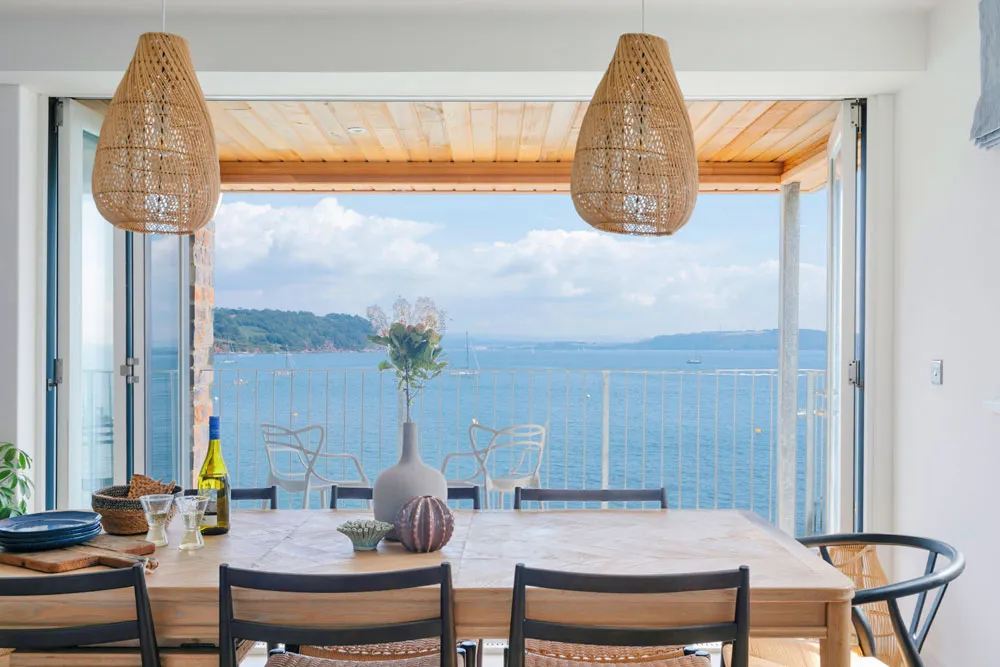
Holidays in Cornwall aren’t just about the beach. Turn your focus away from the sea and you can discover some incredible natural gems inland. Explore the wild terrain of Bodmin Moor where you can climb Cornwall’s highest peaks of Rough Tor and Brown Willy, and witness Bronze Age and Neolithic sites including stone circles, quoits and settlements. Or why not enjoy a day out in Cornwall’s woodlands? Pack a picnic and spot squirrels at Tehidy, or keep your eyes peeled for Cornish piskies as you explore magical valleys on the way to St Nectan’s Glen on the north coast, or Golitha Falls near Liskeard.
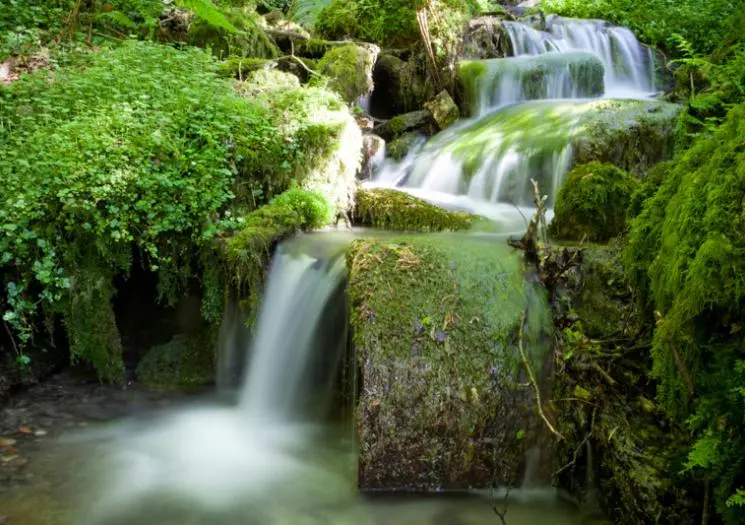
The seafood landed in Cornwall is some of the best in the UK – and every holiday by the beach warrants at least one helping of fish and chips. To really soak up the fishing heritage and get your chops around the freshest catch, make sure you visit a quaint Cornish fishing village, where you can tuck into the freshest catch with a view to the day boats that bring it ashore. Some of our favourite spots include The Lugger in Portloe, Restaurant Nathan Outlaw in Port Isaac, The Mariners in Rock and Tolcarne Inn, nestled by the harbour in Newlyn.
Photo: The Boathouse, Newquay, North Cornwall.
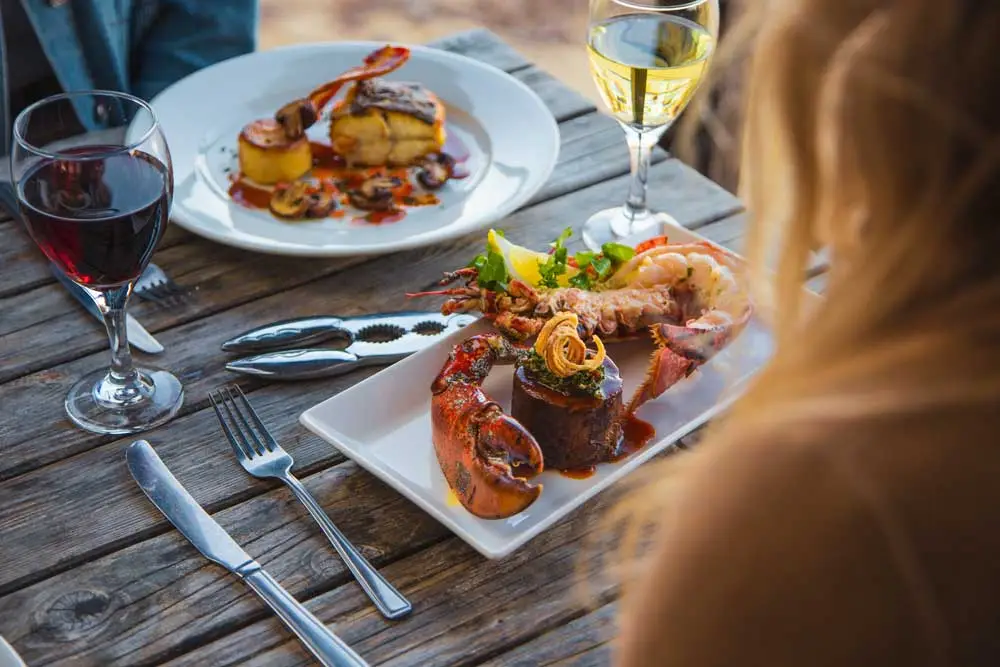
Messing around on boats is all part of the Cornish lifestyle. And in a county steeped in maritime heritage and surrounded by the ocean, one of the best ways to experience Cornwall’s glory is on the water. Hop on the Black Tor ferry to float from Padstow to Rock, take the scenic King Harry Chain Ferry to the Roseland Peninsula, or ride on the Cawsand Ferry from a serene beach to the heart of Plymouth. FalRiver Links runs a network of ferries on and around the River Fal throughout the year, including a river cruise from Falmouth to Truro and crossings from Falmouth to Flushing and St Mawes.
Photo St Mawes, Roseland Peninsula.
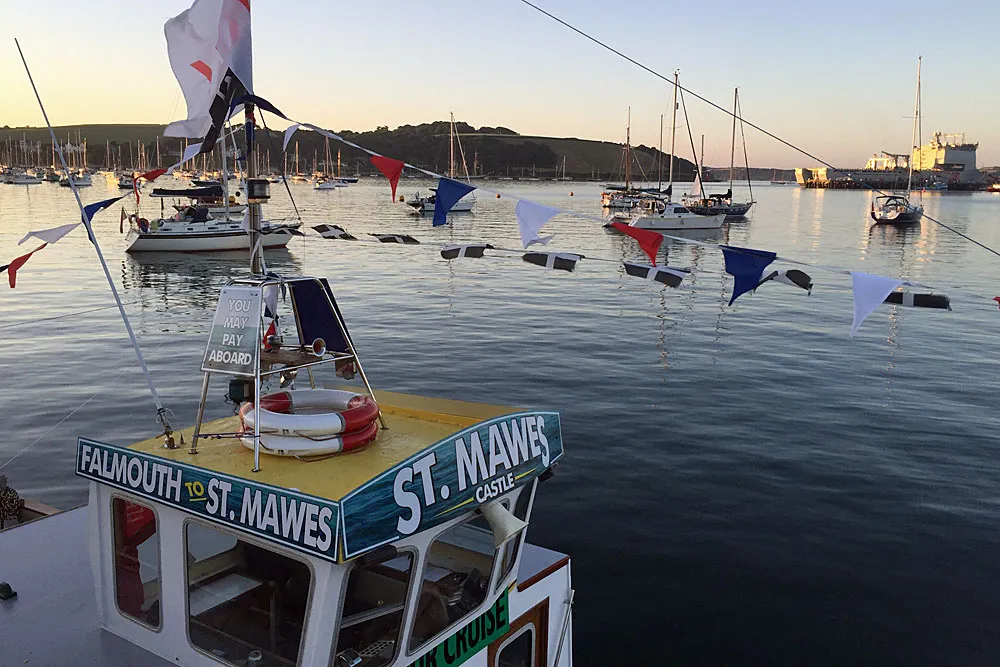
Crunch through golden leaves, climb trees and tunnel through autumn foliage that tumbles to the water’s edge. Some of our top gardens for wild winter walks include the National Trust’s maze of woodland at Lanhydrock, the sub-tropical landscape of Glendurgan, and Trelissick’s stunning 500-acre estate on the banks of the River Fal. Another favourite with families – and dogs, too – is Trebah Garden, where you can make your way through a sheltered valley to a little cove that’s perfect for skimming stones. Out of all of the county’s garden wonderlands, the Eden Project is still the mega-star and all-weather haven, where you can wander through a rainforest, bask in the Med and visit a Western Australian garden in the iconic, sky-scraping biomes.
Photo The Lost Gardens of Heligan, Mevagissey, south Cornwall.
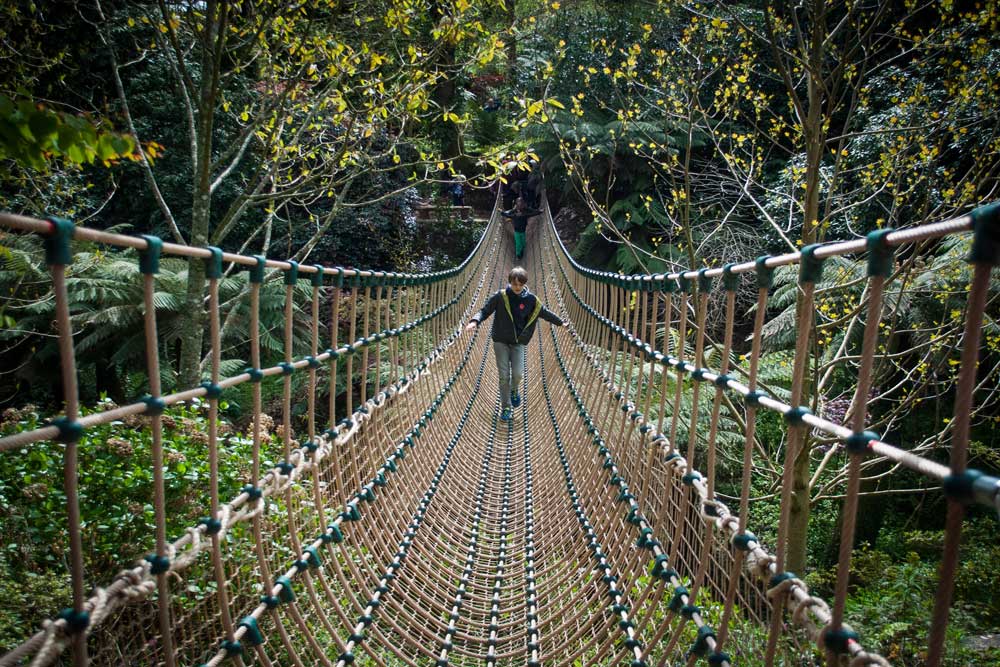
There’s nothing more exciting than discovering a secret cove, or a secluded stretch of sands where your footsteps are the first to mark the ebbing tide. And once summer’s bucket-and-spade brigades have left, it’s much easier to find a little piece of paradise to yourself. For a nudge in the right direction, seek out The Strangles, a mile from Crackington Haven, Leggan Cove, tucked beneath rugged cliffs on the Lizard Peninsula, or Duckpool, just north of Bude. Or be adventurous and unfold an OS map, pinpoint a tiny cove and veer away from the main tourist tracks to discover your own secret cove.

Book a 3 or 5 night break and get an extra 2 nights free. This offer is available from November to Easter (excluding school holidays).
To claim one of these offers, book a 5 or 7 night stay and use code 5FOR3 or 7FOR5 on the checkout page, or book by telephone on 01637 861005.
You can arrive on any day of the week, as long as the entire stay falls within these dates.
A handful of properties are excluded from this offer, see individual property pages for further information.
BOOK YOUR TWO FREE NIGHTS BELOW
Take a look at our favourite ‘must sea’ retreats and explore our other holiday lets.
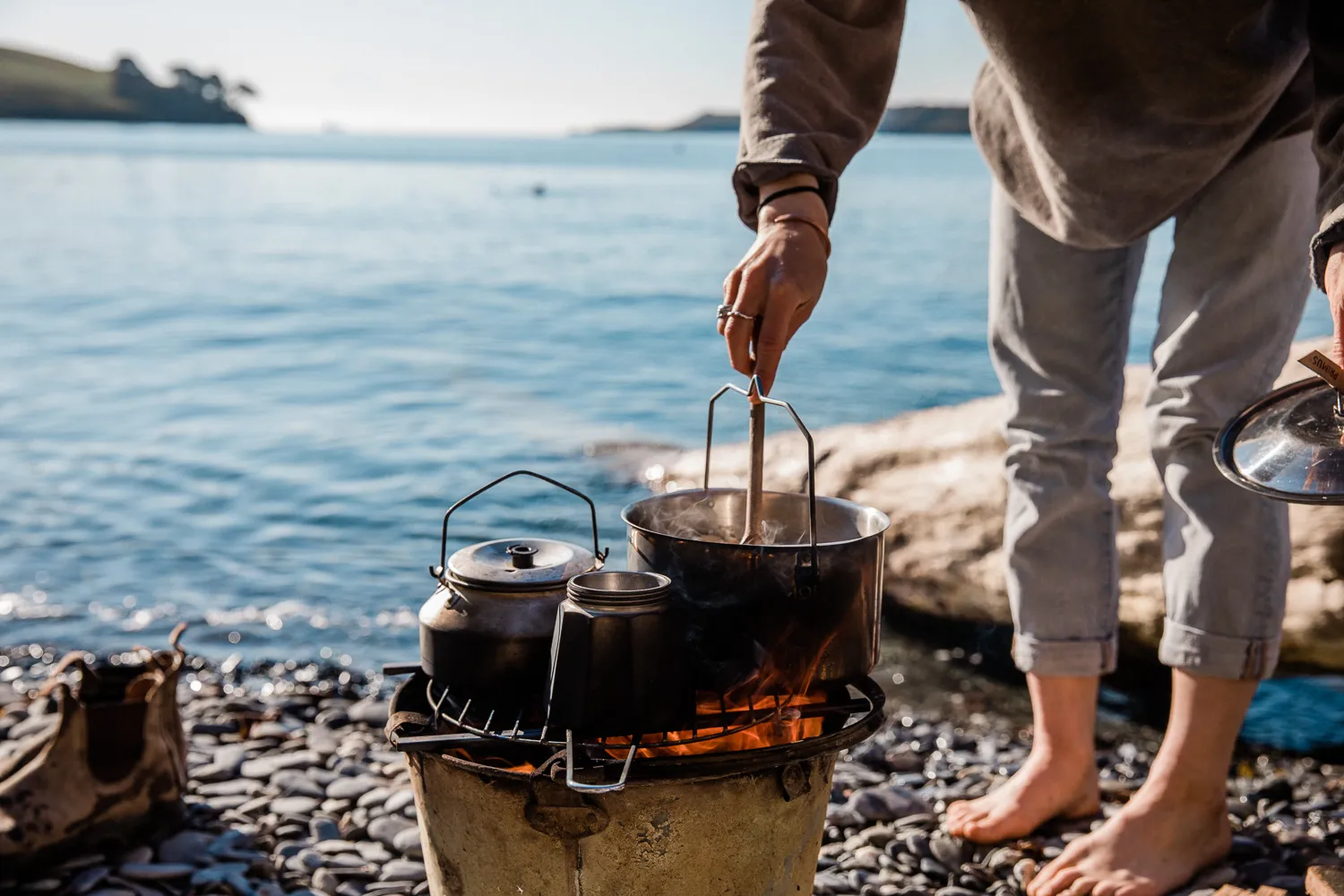
Summer is coming to a close, but autumn in Cornwall has its own magic. Quieter beaches, glowing sunsets, balmy sea air and coastal walks on cliff paths or rural fields with crunchy leaves underfoot.
Cornwall offers something for everyone, no matter what time of the year, and autumn is a perfect time to experience nature do its thing once the summer crowds have dispersed. We hope this guide gives you plenty of inspiration when holidaying with us throughout the next couple of months.
Visiting with a large group? Discover our large holiday homes perfect for big families or friend groups.
Browse our beach locations to find your perfect autumn stay.
Make the most of the late summer bounty that can be found in Cornwall’s woodlands and hedgerows. From blackberries and Hawthorne berries to rosechips, hazelnuts and chestnuts, there’s always hidden treats to be picked.
If you’re looking for a little guidance on your forage we recommend Fat Hen, a wild food and cookery school in Cornwall. They run a variety of unique foraging courses, including a seaweed course, and you can then keep your produce to cook up right on the sand. The flavours of nature are unmatched…
If the waves are too busy for you in the height of the summer, autumn is the perfect time to get suited and booted and ride with the locals. Hire your wetsuit and board from a local surf school such as Newquay Activity Centre, Wavehunters at Watergate Bay or King Surf at Mawgan Porth, with lessons included for all abilities.
Fancy staying in Watergate Bay? Check out our luxury holiday properties in Watergate Bay, Newquay.
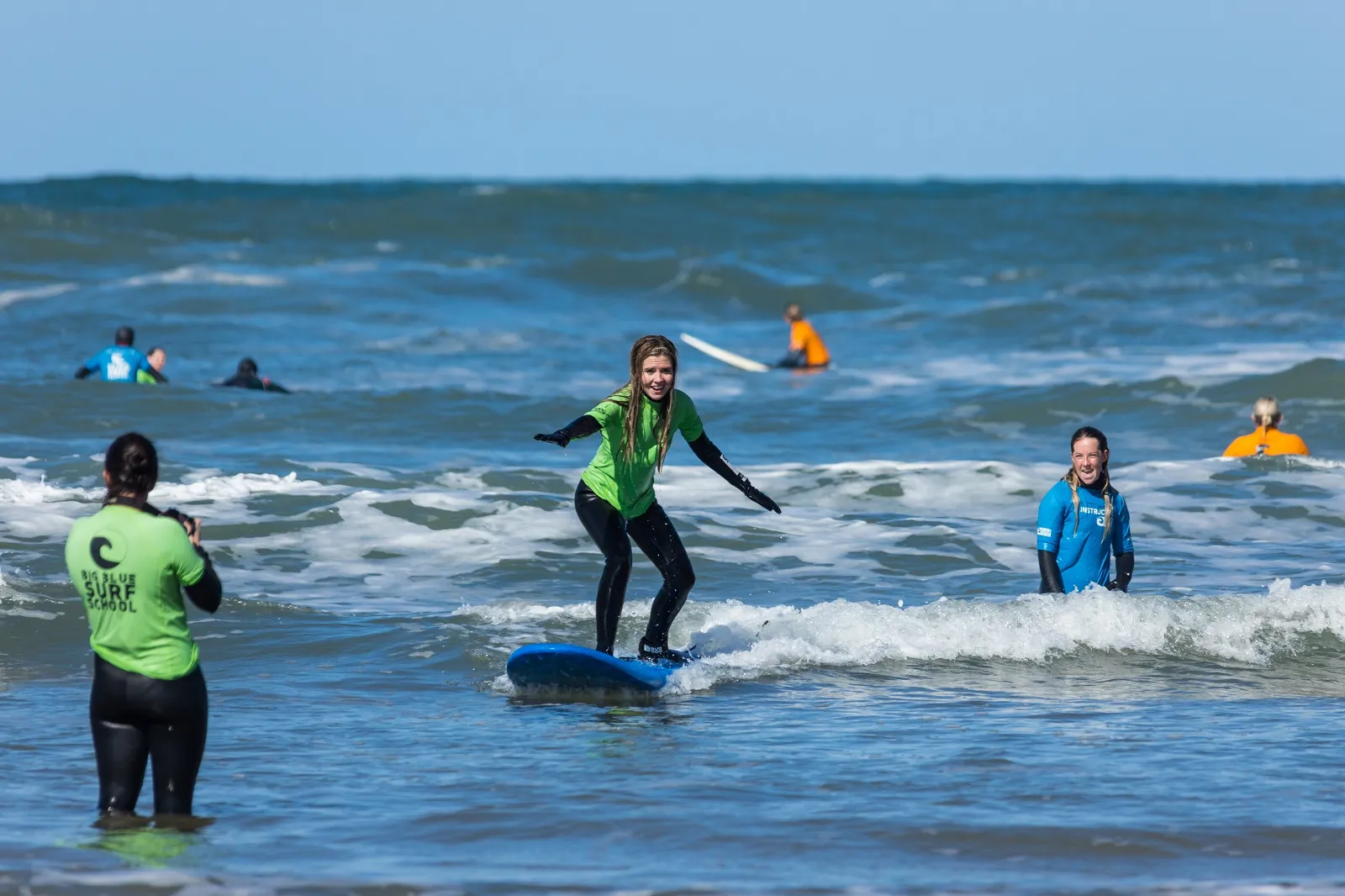
Want to enjoy the ocean but don’t fancy the fast-paced nature of surfing? Autumn is the perfect time to take a leisurely dip in Cornwall’s cool blue oceans, where you can take slow breaths as you gently float atop the water. The sea temperature remains warm throughout September and October, having been gently heated by months of summer sun, making these months ideal if mid-winter dips take your breath away.
Read our guide to wild swimming in conversation with Co Founder of Wild Swimming Cornwall, Lydia Paleschi.
With over 300 miles of stunning coast path to explore this Autumn, visitors are really spoilt for choice on which direction to head in. Whether its the rugged north coast and its hidden coves or the tropical south coast, you’ll find something different and exciting each turn you take. And with all of our properties walking distance from the water, you’ll have easy access to the coast path from your front door.
Interested in finding the best walks in Cornwall? Check out our blog on our favourite autumnal walks.
Choose the perfect path for you here.
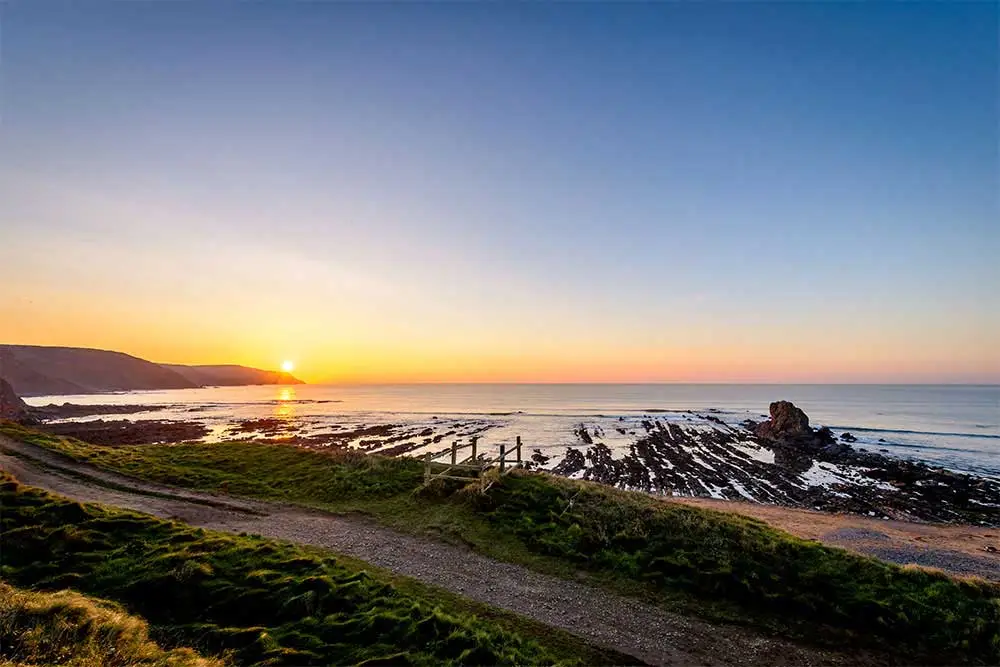
If the weather has cooled a little for your stay, don’t panic. There’s nothing better than hunkering down and watching the perfect storm whilst sipping on a delicious hot chocolate…with extra toppings of course. Our top spot for this is The Beach Hut at Watergate Bay, where you can indulge on the sweet taste of cocoa and cream in with a front row view of the surfers braving the cold.
Explore Cornwall’s beaches this autumn, when you’ll have more of the sand to yourself. Walk the shell-dotted shorelines until you find the perfect nook to sit back, relax and listen to the sights and sounds of the Atlantic ocean. Pack a beach blanket, swimsuit and a good book – it’s all you need to while away hours.
Browse our different beach locations and pick your favourite.
Cornwall’s not only known for its stunning beaches, its magical gardens are home to a wealth of exciting, rare and beautiful plants and trees just waiting to be explored. Head to The Lost Gardens of Heligan to discover higgledy allotments, greenhouses bursting with herby aromas, wonky pumpkins sprouting from the ground and the hidden sleeping giant dusted with moss.
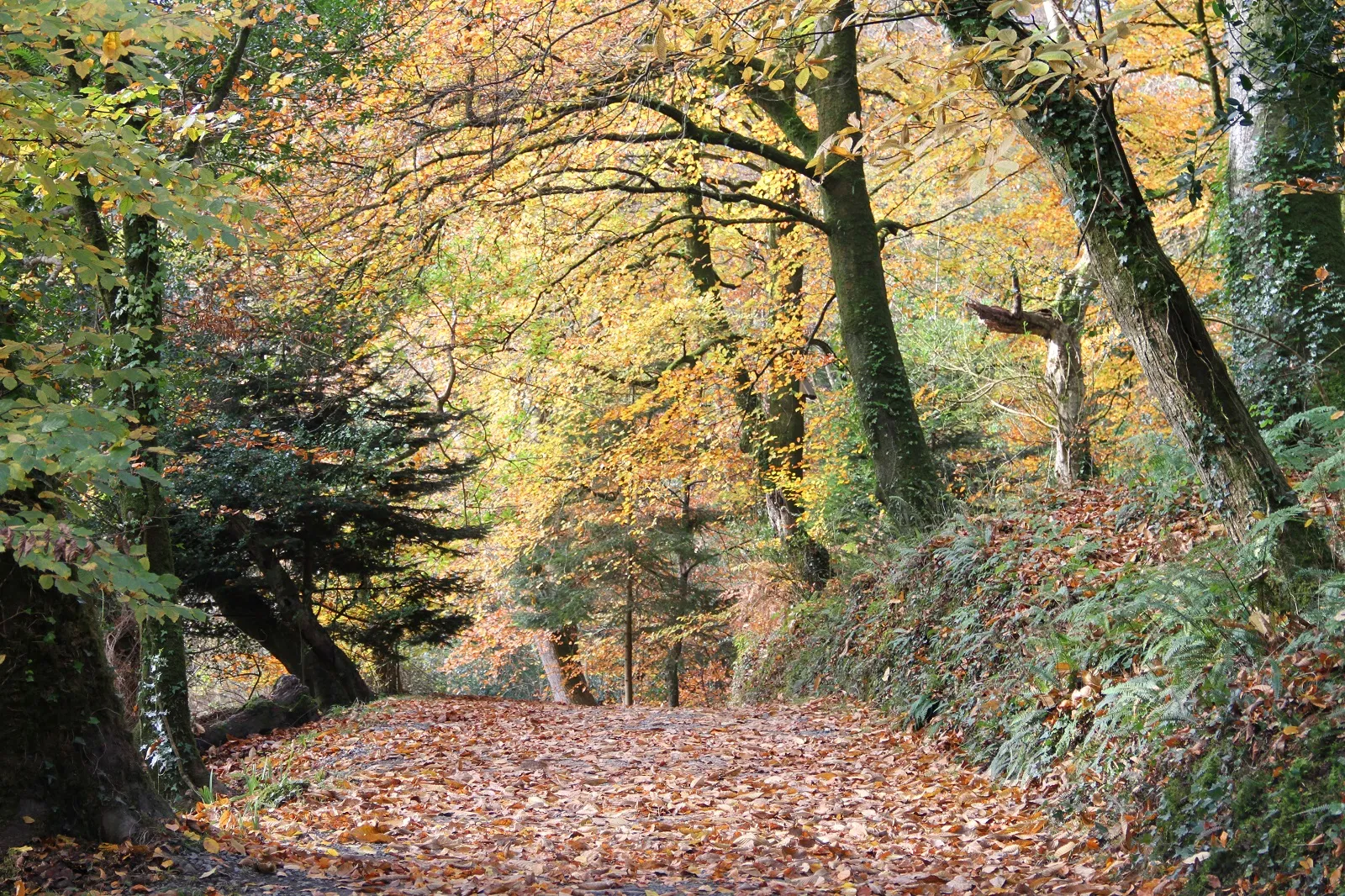
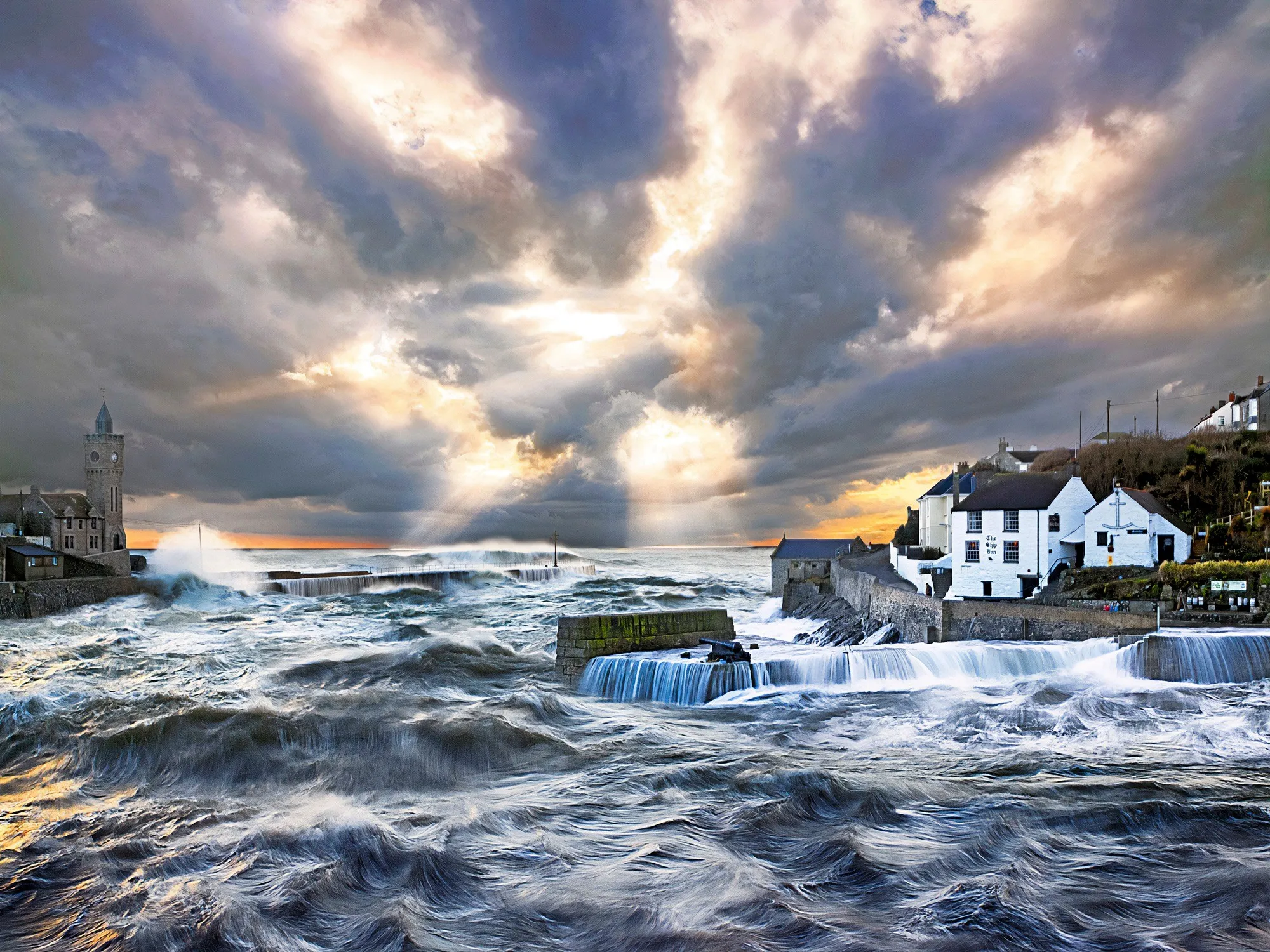
Planning a trip to Porthleven and wondering what to see and do there? We’ve got you covered. This pretty harbour town has a thriving foodie scene, sandy beach and a working harbour, perfect for watching the boats bob in and out from one of the harbourside pubs. Here’s our top things to see and do in Porthleven.
Thinking about bringing your dog on holiday? Check out our dog-friendly holiday properties.
This traditional, 17th-century pub feels like you’re stepping back in time – that is, until you sample their fresh, modern menu. With traditional pub décor and an excellent view of the harbour, this cosy pub is made for whiling away the day sipping your pint of choice and admiring the harbour activity. Spot seabirds in the summer or hide from the storms in the winter, which often see waves crashing over the harbour walls. This old fisherman’s haunt is the best place in Porthleven to eat, drink and relax, no matter the weather.
Take a leisurely walk through Porthleven, discovering its picturesque harbour, stunning coastal views, and charming village atmosphere in Cornwall.
Photo credit: Ed Perkins
Tuck into the freshest caught fish, battered to perfection and adorned with as much salt and vinegar as you like. Fish and chips are best enjoyed right by the sea, and Porthleven’s harbour wall is an ideal spot for soaking up the bustling atmosphere as you eat. Head to Porthleven Fish and Chips or The Top Chippy to get your fix. Just watch out for hungry seagulls!
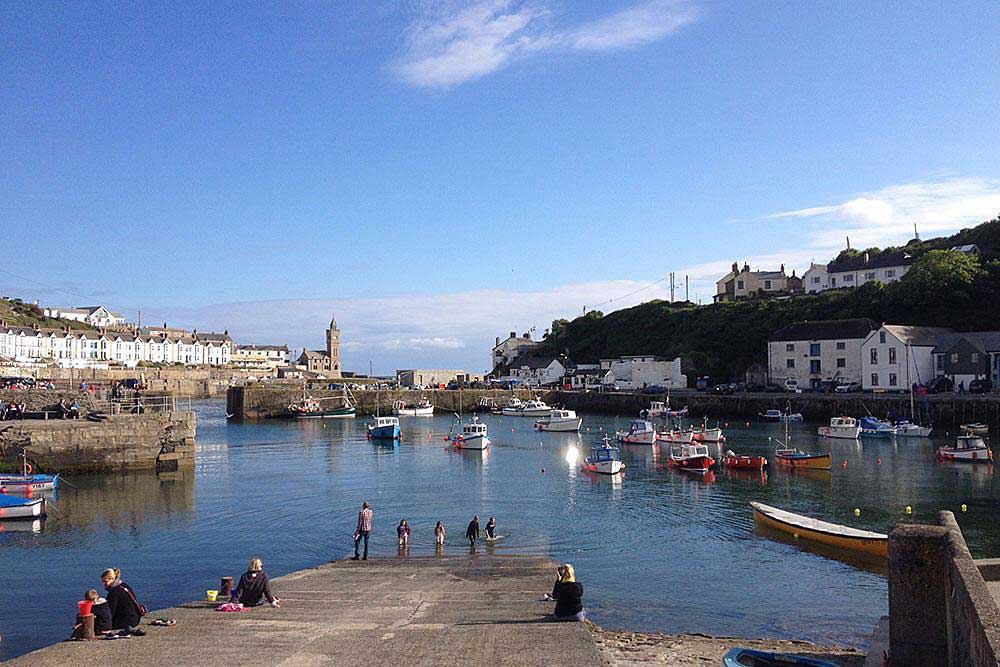
Porthleven has many sheltered spots for a dip to cool off in the summer months, or, if you’re brave, during winter. Wait for high tide and head in off the harbour slipway, when the fishing boats will be far out to sea and you can enjoy a calm pool to splash about in. Or, head to Porthleven beach to get your fix of the vast Atlantic ocean – lifeguards patrol here in the summer months, making it the safest choice.

Kota means ‘shellfish’ in Maori, and you may recognise head chef Jude, who is half Maori, half Chinese Malay, from his appearance on BBC’s Great British Menu. Kota serves up the finest of local produce with a signature Asian twist, and is the ultimate fine dining experience in the area. Expect tempura oysters, crispy monkfish and seasonal greens in seaweed butter, enjoyed with handpicked wine pairings. It’s a must visit.
Enjoy panoramic views of the Lizard and Land’s End and soak up a kaleidoscopic sunset at Rinsey Head, which you can reach in a circular walk along the coast path. This walk is beautiful at any time of day, but a post-dinner stroll will reward you with the most vivid pink and orange skies as the sun rolls behind the horizon. It’s a great dog walk, too, as long as you keep your pups on the lead when on cliff path.
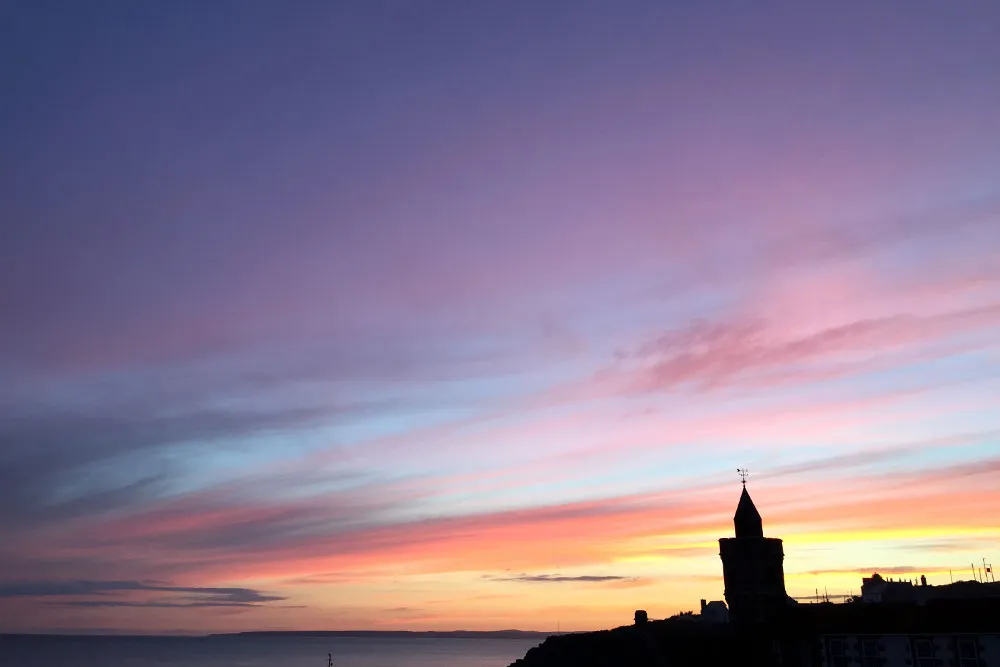
Pick up a bucket and line and wait for high tide to do a spot of crabbing off the harbour wall. This is a fun activity for kids and adults alike, and you may choose to make it a competition of who can catch the biggest! When you’re done, safely return your crabs to the ocean and reward the family with an ice cream from one of the nearby parlours.
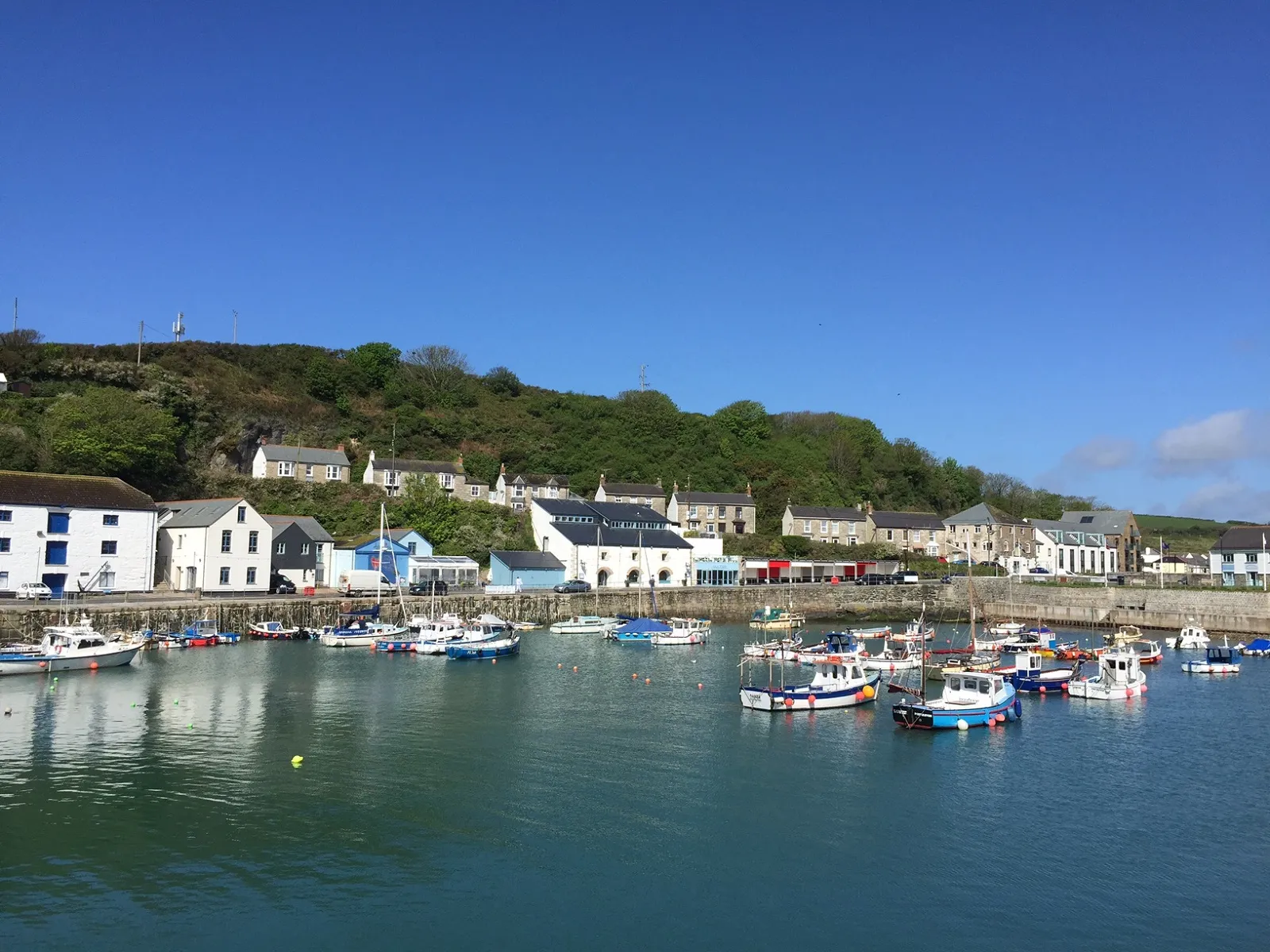
Keep an eye on our special offers page for the latest deals and discounts on Porthleven retreats.
Explore our luxury Praa Sands holiday cottages in West Cornwall with Beach Retreats, offering stunning coastal views and serene retreats for a relaxing getaway, just a 15 minute drive from Porthleven.
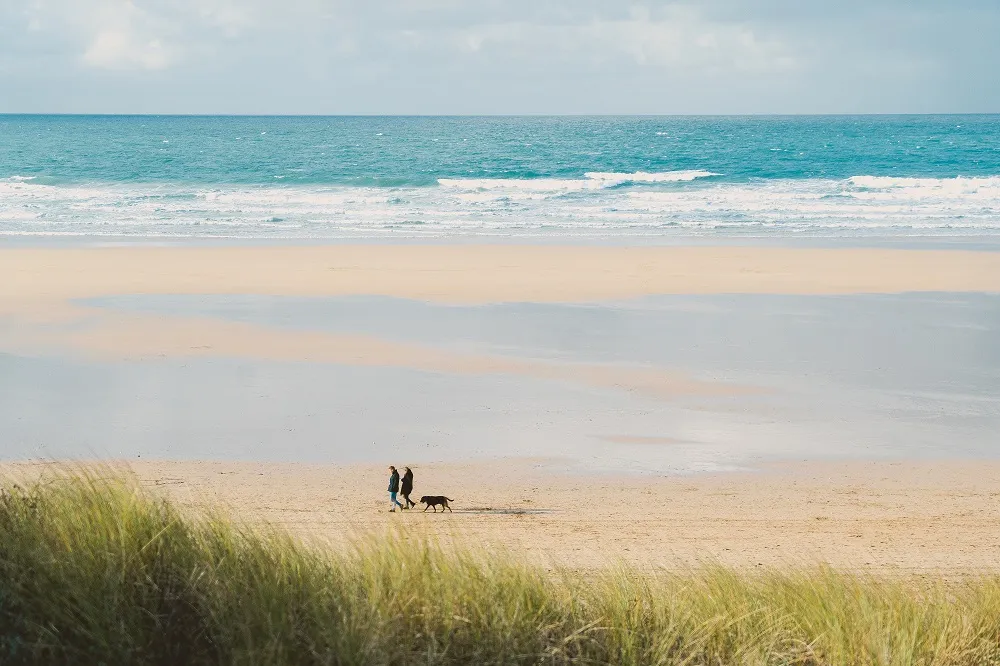
Want to know the nicest beach in Cornwall? Well, you’re in luck – there are plenty to choose from. In fact, there’s so many beaches in Cornwall (over 400) that we can’t pick our favourite. Cornwall’s position means it has coastline facing different angles of the ocean and therefore its landscape is dramatically varied. This creates different kind of beaches – the north coast tends to have more surfing beaches, flanked with high cliffs, and benefits from spectacular sunsets, whereas the south coast is more sheltered, with more rugged clifftops and hidden sandy beaches.
We’ve picked our favourite from the north, west and south of Cornwall, ready and waiting for you to visit on your next Cornwall beach holiday!
Want to stay in a luxury holiday house with a view of the sea? Check out our cottages with sea views.
So, grab the beach towel and flip flops, and we’ll see you down on the sand.
There were many contenders for this one. The north coast is home to the likes of Newquay, Padstow, Watergate and Bude, all areas with world-famous beaches. But there’s one beach which just had to be crowned the nicest – Fistral beach.
Want to stay in Newquay? Have a look at our luxury holiday properties in Newquay.
A long stretch of golden sand, grassy sand dunes, consistent waves and ruby red sunsets – what’s not to like?
We’ve also got a variety of retreats dotted around Fistral, some with views of the water- find them here.
The south coast has it all, from quiet bays in the secluded shores of Downderry, breathtaking cliffside scenes at Whitsand bay and vibrant marina life in Falmouth.
Our favourite, though, just has to be Gyllyngvase beach. Just a short walk from the main Falmouth town centre, this cove is the perfect combination of silky sand and a blue sea which sparkles in the summer sun. Gylly’s often calm water conditions makes it a picturesque spot for stand-up paddleboarding, allowing you to admire its beauty from out on the water.
We’ve got a selection of retreats in the Liner, an elegant development overlooking the beach, meaning you can sit back on your own private balcony and gaze out to sea. Browse our Gyllyngvase retreats here.
We love west Cornwall for its undisturbed wildlife and untouched coastline. Home to the much loved towns of Hayle, Sennen, Mousehole and St Ives, this area is truly a gem when it comes to beautifully preserved natural landscapes. Choosing the nicest beach is a difficult task when it comes to west Cornwall, as they are all so uniquely stunning.
But there is one beach which stands out, with its impressive three mile stretch of golden sand impossible to ignore. It is, of course, Gwithian beach in Hayle. This large, open expanse of beach is perfect for dog walking, horse riding and even kite flying, and offers the freshest sea air you could possibly breathe in. For the ultimate Cornish beach experience, look no further.
Find a retreat in Hayle here and stay moments from one of the nicest beaches in Cornwall.
Browse our other beach locations to discover your favourite beach, and keep an eye on our special offers page for discounted stays by the sea.
Explore the 10 best beaches to surf in Cornwall, where perfect waves and stunning coastal scenery promise an unforgettable surfing experience.
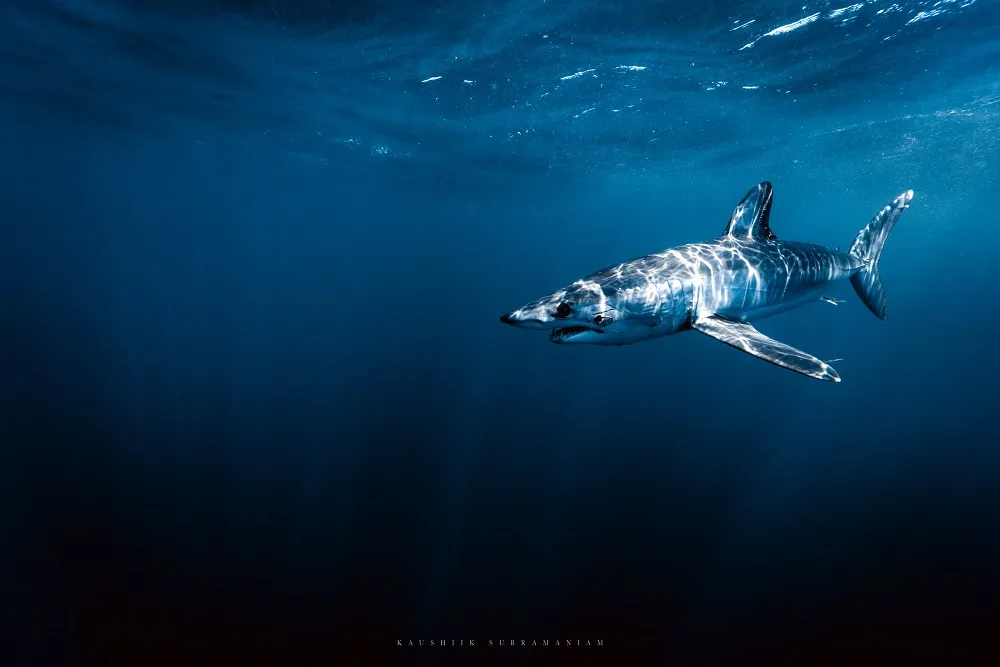
Wildlife conservation biologist and photographer Kaushiik Subramaniam was drawn to documenting life below the surface by his research and the technical challenges of photographing below sea level – a unique sensory experience…
Want to stay in a luxury holiday house with a view of the sea? Check out our cottages with sea views.
I’ve been photographing underwater since 2018, while doing research for my Masters degree thesis on whale sharks, and since then I have shot underwater in the UK, Kenya, Sri Lanka and, at the moment, in Mexico.

Image credit: Kaushiik Subramaniam
I’ve always felt comfortable underwater and it went hand-in-hand with my research. It’s something completely different to topside photography; there’s a lot more involved. Conditions are always changing underwater, minute to minute, and can be completely different depending on what light is being shot through the water, for example. It can be dangerous and exciting, on top of thinking about composition. That’s part of what drew me to it, alongside my fascination with underwater life.
It’s difficult to explain but it is almost like some senses are muted underwater and some are heightened. Hearing can be muted or dulled down but there are noises: fish make clicking sounds and even coral on a reef makes noise.
Eyesight is very important; although, the light can play tricks on you in the water and it’s not always easy to judge depth properly. So, it does take a bit of getting used to.

First and foremost you’re trying to find the animal then you have to think about composition and lighting. It’s not like on safari where you can move a car to get the right shot. You are being moved by the ocean, sometimes against the current and really all kinds of different things can go wrong when you’re trying to get the shot you want. It’s a mix of waiting and being proactive to find the shot.
You’re also aiming to have minimal impact on wildlife behaviour so you are documenting wildlife in as natural environment as possible. Trying not to create stress and that varies not only between animal but also individual to individual within a species.
Just because a text book says a species is ok with people being nearby, it doesn’t necessarily mean the individual animal follows that. You have to approach it slowly and keep your distance, judge how the wildlife is reacting to you. It’s very obvious normally, when wildlife doesn’t want you around it. An animal will try and get away, as far as possible, and chasing it is almost the worst thing you can do.
In UK waters, I have spent the most time with grey seals and they are quite intelligent mammals. In many ways they behave like underwater dogs. The way they look at you. The way their eyes move. They are such curious little things and very sneaky. They will be behind you, keeping an eye on you. Then they will come closer and have a nibble of your fins, play with you. Being in the water with seals is so much fun.
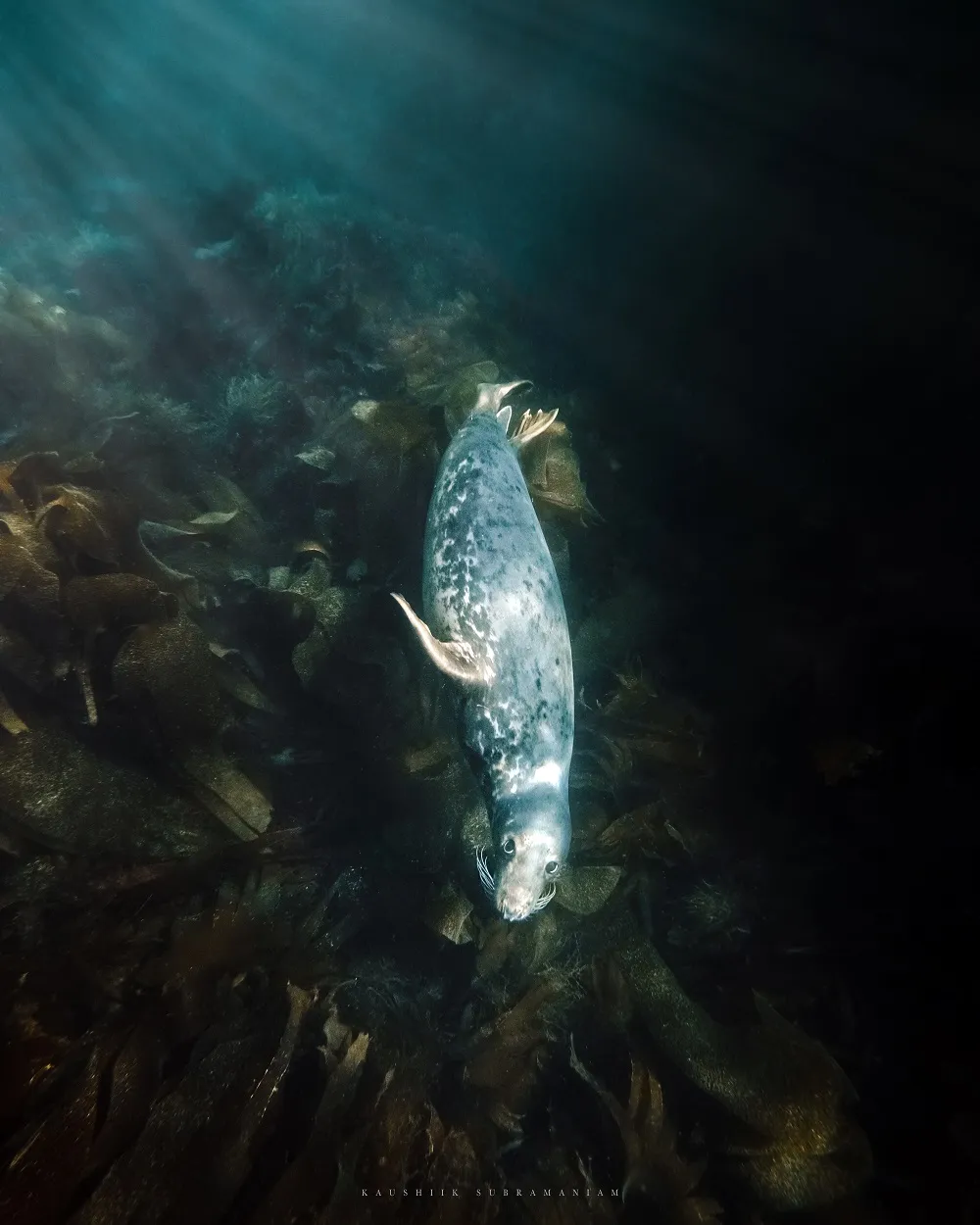
Image credit: Kaushiik Subramaniam
On the other hand, shark species will keep an eye on you from a distance. For example, tiger sharks in the Maldives are big enough to know you are not a threat to them and they will look at you in the eye try to figure you out. The level of curiosity can vary from individual to individual, some will even prod you with their nose. Like other sharks they also rely heavily on their sense of small and electro receptors. Cameras give off more electrical impulses than humans, so sharks can be attracted to the equipment we shoot with.
Check out more of what West Cornwall has to offer and explore our holiday lets in The Lizard Peninsula.
For the most part, I feel that underwater is a much calmer place than on land. A lot of people that scuba dive and freedive have that in common: a feeling of peace and tranquillity underwater. It certain conditions it can be overwhelming; I was recently in the water with 15 tiger sharks and it was hard to know where to look!
I did a long spell researching whale sharks out in the Maldives and had a number of incredible encounters with them. They’re the biggest fish in the world with stunning patterning.
I was also lucky enough to swim with blue sharks. When we think about UK waters, sharks aren’t the first things that come to mind but we are very lucky that we have a rich abundance of shark species around the UK.
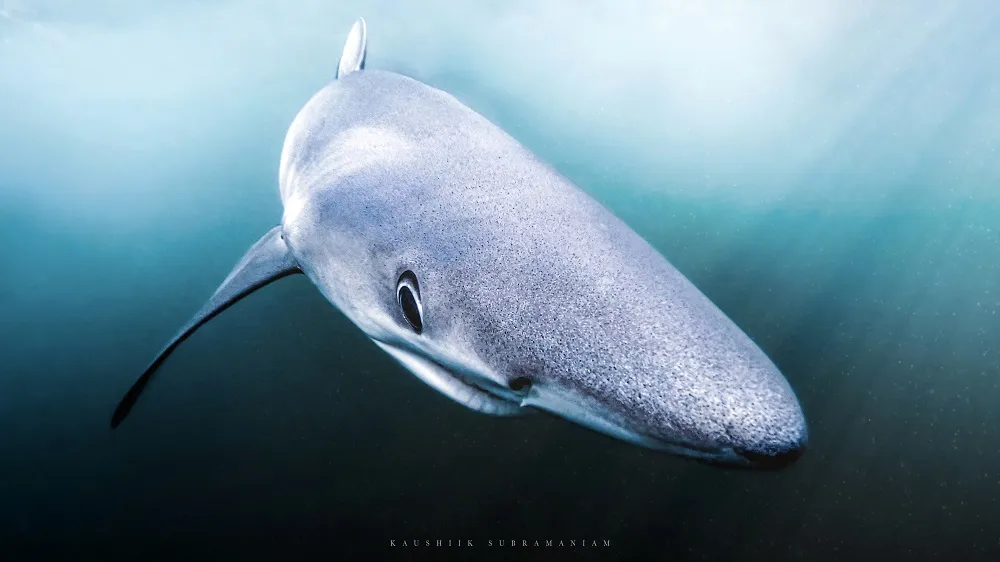
Image credit: Kaushiik Subramaniam
Blue sharks are very much endangered across the world unfortunately, the victim of shark fining and the shark meat industry. To be able to see them in our waters was incredible. They are really elegant, beautiful looking sharks and very fast too. So to have one stick around me and my camera was amazing.
I’ve recently been freediving, and photographing wildlife from the surface, in Mexico. At this time of year, grey whales migrate down from Canada to Mexico, where they calve. In this protected environment they are very curious and playful with humans. They will come next to the boat and look at you in the eye. The mothers almost encourage calves to come and interact with the boat, and you have these 40ft wales under your boat pushing it up and down, playing hide and seek. It’s a very unique experience!
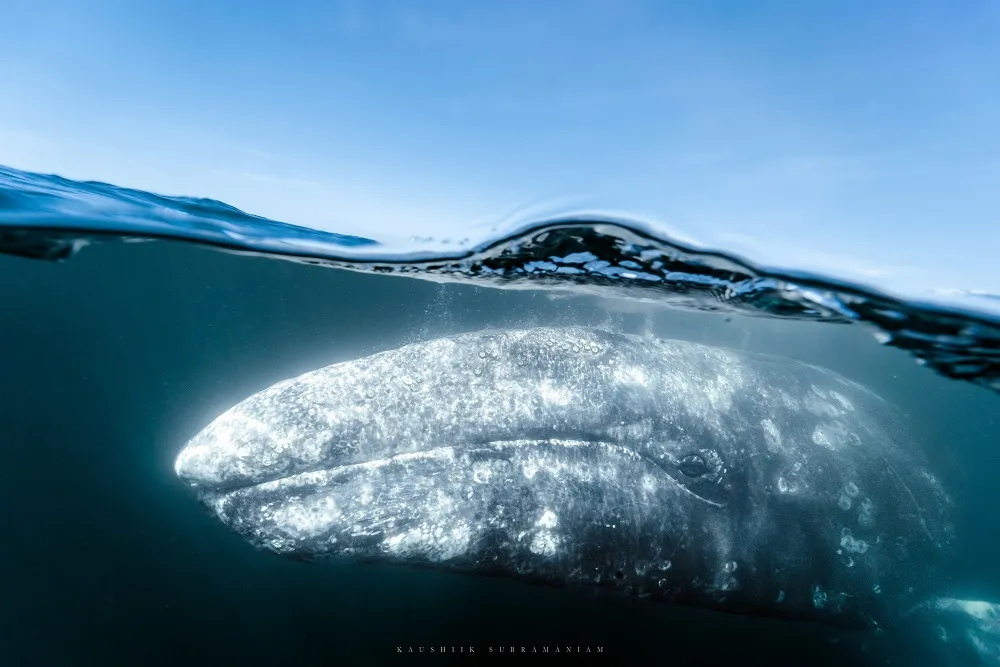
Image credit: Kaushiik Subramaniam
Going out with a friend snorkelling on a shallow reef (a ridge of rock, coral or sand near the surface), wherever it may be, you can find incredible wildlife.
With scuba diving, sorry for the pun, I would say just take the plunge. You can do a DSD, Discover Scuba Dive course, so you don’t have to have a qualification you just have to do one pool session and then you can go out for a shallow dive. Depending on the location, you can see incredible things and that might give you the push you need to do your certificates and increase your ability in the water.
If you want to do photography, it’s important to be comfortable in the water first before you put a camera under the water. You want to be able to concentrate on the photographs once you are confident with diving.
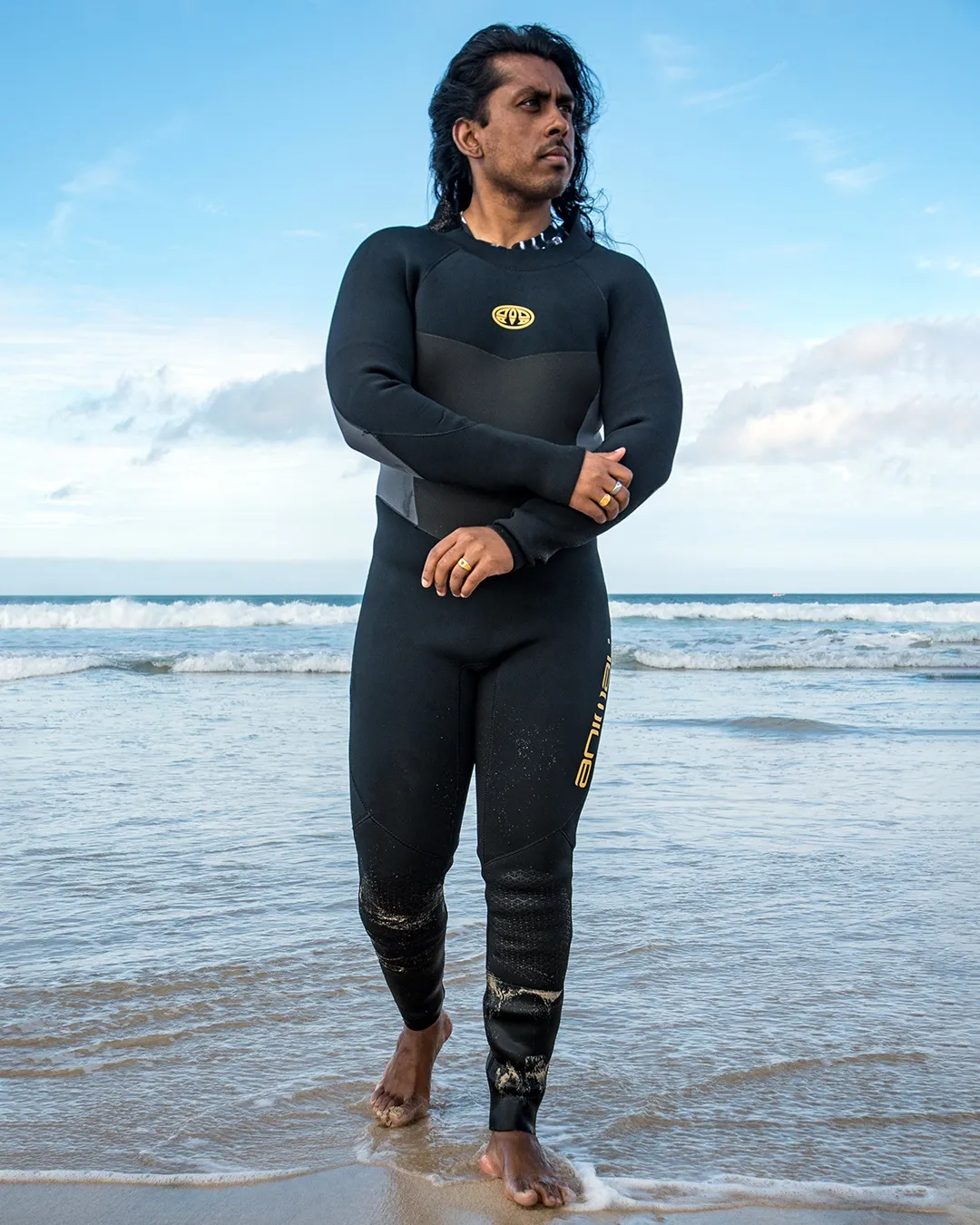
Image credit: Kaushiik Subramaniam
Discover Kaush’s work here, and follow his underwater adventures on Instagram.
Find a retreat near Cornwall’s underwater worlds and browse our special offers.